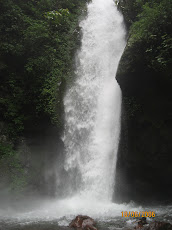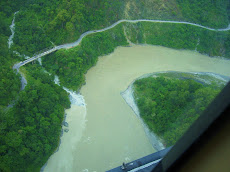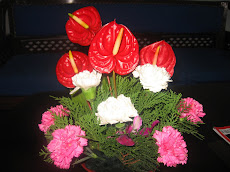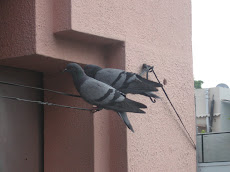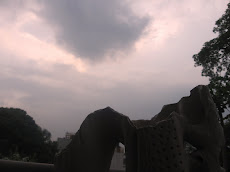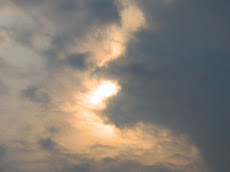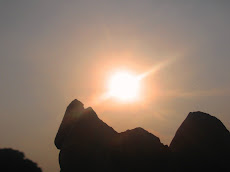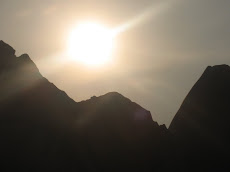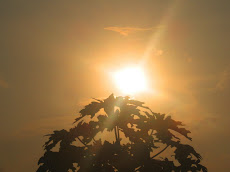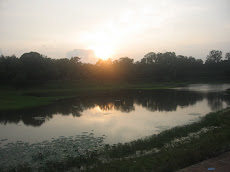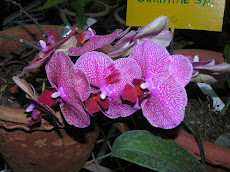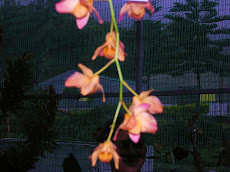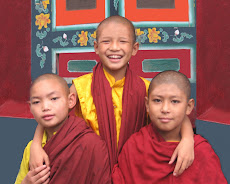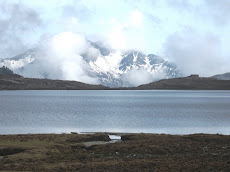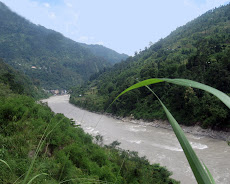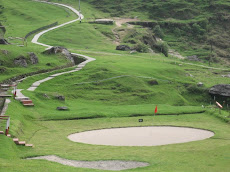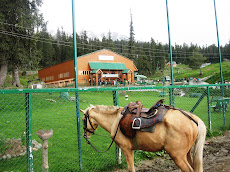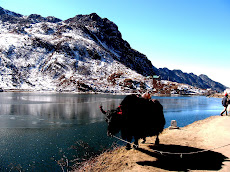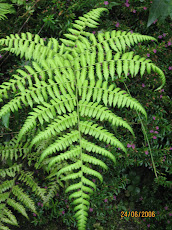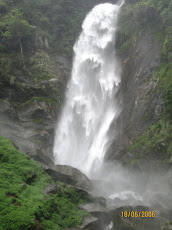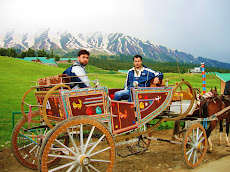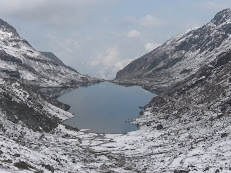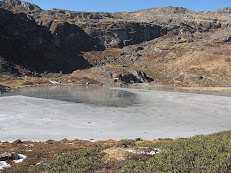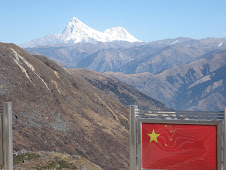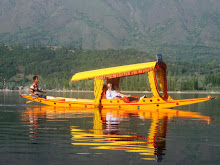THE menace of terrorism which symbolises the use or threat of use of violence or an unusual strategy to achieve certain goals, has become a contagious world-wide problem. Though it is condemned by all the quarters and rejected as well, yet, it persists in a brutal and inhuman form. It is no longer an isolated event of socially delinquent elements but is ably aided and abetted by easy availability of small weapons, rendered ‘useless’ by conclusion of conflicts in Vietnam, Middle East, Afghanistan,Iraq etc. After proving their worth and lethal power in the guerrilla warfare in EI Salvador, Nicaragua, Lebanon, Ireland, Palestine, Afghanistan and Sri Lanka, small arms are being made easily and cheaply available in Singapore, Bangladesh and hundreds of shops located along the Pakistan-Afghanistan border, particularly in Swat Valley and Dara Adamkhel area near Peshawar. In addition to procuring small arms from such accessible locations, terrorists have been in a position to establish a strong communication link through the mobile and satellite phones, internet etc. These undoubtedly facilitate the process of forging links with the informers, the fellow-terrorists and criminal gangs active in other parts of the world.
Small and light weapons-guns, pistols, revolvers and shotguns, fired at short ranges, have been proliferating rapidly in an illicit fashion in the last fifty or sixty years. According to an estimate, about 750 million small weapons have become primary weapons for the criminals, guerrillas, terrorists, Left Wing Extremists as also the smugglers. New developments in science and technology and communication have led to up gradation of military and armament technology. The terrorists, because of their world-wide access and networking, coupled with plethora of funds emanating from drug-trafficking and money laundering, have been in a position to get hold of the latest weapons and technology.
Though small weapons are less destructive in comparison to the conventional ones, yet, they have proved effective and more lethal in perpetrating violence due to their light weight, portability, simplicity in use, low cost, and above all, increasing lethality. The technology of small arms has been improving day by day. Many of these weapons can be dismantled and reassembled even by the teenagers. No wonder, the wars sustained by the light weapons have taken a heavy toll of life, apart from causing grievous injuries to people and destruction of property worth millions of Dollars.
Over the years, India has remained a prime victim of Pak-sponsored small weapons trafficking. This phenomenon has been witnessed without any break in addition to the State-sponsored terrorism aided by them, first in Punjab and later in Jammu & Kashmir. Off and on, innumerable soft and vulnerable targets are hit either serially or simultaneously in the metropolitan centres. Although militancy in Punjab has been eliminated, the Pak ISI continues to provide sanctuary to the leftover Sikh militant leaders even outside Pakistan (Nepal and Bangladesh), with a view to revive and sustain militancy. At the same time, systematic training in the use of small arms and weapons on a massive scale to the misguided Kashmiri youth at the specially set-up training camps (more than 50 in number) has been a key feature of the support extended almost religiously by Pakistan. Mainly due to proliferation of small arms and ammunitions, in the State of Punjab alone, more than 12,000 innocent civilians and 1,700 security personnel were killed. Similarly, in Jammu & Kashmir, more than 8000 civilians and approximately 2,000 security personnel have lost their lives, as of now. In addition, a number of helpless civilians have been kidnapped, taken hostage and tortured. Latest naked manifestation of intimidation caused by the small arms was the hijacking of an Indian Airlines plane, which led to 155 passengers being held in captivity in most inhuman conditions for a week, apart from the cold-blooded murder of one of the innocent passengers.
A huge quantity of small arms and ammunition smuggled into the country from across the borders has been recovered by the security agencies. In the State of Jammu & Kashmir alone, more than 7,500 pistols and revolvers, about 2,500 pistol/revolver magazines and not less than 28,000 rounds of ammunition for such weapons have been seized during the last decade. This goes on to show the astonishing level of up gradation of weapons in the hands of militants. The militants hiding in the country, continue to upgrade their weapons with the passage of time with the connivance of and the assistance they receive from the smugglers and infiltrators operating along the Indo-Pak and Indo-Nepal borders.
There is an urgent need to work for checking the flow of small arms by resorting to bilateral as also multilateral efforts. An unilateral approach may perhaps prove meaningless and ineffective in checking a phenomenon which has increased drastically in scale and scope. This is a phenomenon which has nearly replaced the conventional warfare and is fast emerging as a means of surrogate warfare. At the regional level, a beginning has already been made in the form of adoption of a Convention by the Latin American countries and circulation of a draft Convention against illicit trafficking in small firearms by India at a SAARC Summit in September 1997. Further, debate on the draft Convention needs to be carried forward, keeping in view the spirit of SAARC Convention on Prevention and Suppression of Terrorism adopted in 1987. The South Asian nations must realise that the unhealthy growth of small arms is not only detrimental to India’s Security but it will hit all of them also, in the long run, thus leaving an adverse impact on the security scenario of the entire South Asian region. Strong and effective measures, therefore, need to be taken against the illegal possession and trafficking in small arms by the countries of the region by carrying out suitable amendments in the relevant legislations. Regular exchange of information pertaining to the smugglers indulging in small arms and drug trafficking, is also very much called for.
At the global level, India has played a leading role in evolving a consensus adopted by the Non-aligned nations against terrorism and small arms proliferation. The NAM Summit held at Durban had also reaffirmed that all the member-States have an obligation to refrain from organising and assisting or participating in terrorist acts in the territory of other States. India has also proposed a Comprehensive International Convention against Terrorism. The 53rd General Assembly Session of the UN has agreed that a negotiation on such a Convention should be taken up on a priority. In not too distant past, G-7 nations had also announced their priority to fight terrorism.
A number of bilateral agreements on the question of terrorism have been signed, many are under consideration and many may be in the offing. However, in order to combat seriously a global problem, an unanimous global strategy would be necessary. All the double standards have to go. There has to be a determined and popular awareness campaign against the terrorists, smugglers, arms traffickers and money launderers. Not only conventions need to be adopted but measures of their implementation have to be also effective. There has to be a quick enactment of the enabling legislations and a continuous cooperation among all the Governments with regard to sharing of experiences and intelligence in combating terrorism and trafficking in small arms, drugs, narcotics and psychotropic substances.
Saturday, June 27, 2009
Thursday, June 25, 2009
Myths and Realities of Tele-socialisation
Man’s desire at quicker connectivity with his fellow human beings is playing havoc with his sense of creativity. While connections have registered a remarkable and appreciable improvement, leading to increased pace of responses, man’s desire to write and challenge someone’s might has gone for a ’duck’, He has perhaps become berserk. He is in a way, clean-bowled by the technological discoveries, innovations and improvisations. His propensity to convey his feelings, wishes and aspirations by taking recourse to power of pen is undoubtedly being confined to pavilion. In addition to writing being a victim of the bouncers of improved and upgraded communication, man’s basic desire to react, interact and contribute has been relegated to the status of the 12th man.
Varying Social Systems
The googlies, swingers and Yorkers coming from the ‘silly point’ of the powerful instrument called telephone or more specifically mobile are having a decisive bearing on the interaction in physically proximate situations. Very soon, man will be in a position to see the fellow converser by means of a cursor from a distance of thousand miles but he cannot possibly feel, sense, shake and embrace. Emotional bonds may continue in the changed scenario but the medium will be different. The medium will be perhaps always in air without giving a feel of some one’s 'air’.
The warmth of hand-shake or for that matter the kiss, the cultural attributes of varying social systems for generations altogether will soon become subjects of tribute in the daily newspapers.
Back Gallery Seat
No one seems to be thinking. Effort is only on blinking and effortlessly surrendering to the stinking agents of materialism -flashy, transparent and short dresses, fast food and swanky cars, which at times leave a deep scar on your body as well as your mind. You are turned blind to the reality and inner-worldly asceticism. The desire to create, procreate and socialise tend to take a back gallery seat, while gaudy notions continue to thrive without much inhibitions. The change of this sort is bound to have severe impact on the coming generations. The gulf between the family of orientation and the family of procreation will slowly become wide and wide. The consanguinal relatives may stay but further additions to the family may not be possible on account of lesser number of affinal relatives willing to join a family of orientation. Both ethics and ethnicity will be the poor victims of the mad rush and a desire to crush will be all pervading.
Unrealistic life-styles
A desire to have more and more and to sincerely follow the unrealistic life-styles promoted by the idiot-box will one day lead to elimination of the ‘have-nots’. The struggle will no longer be between the rich and the poor in a relative sense, rather, a feeling or desire of reaching the unrealistic level of parity is bound to result into further disparity. Perhaps, only time will tell as to who will be the actual winner- the man or the instrument or for that matter, the machine.
Varying Social Systems
The googlies, swingers and Yorkers coming from the ‘silly point’ of the powerful instrument called telephone or more specifically mobile are having a decisive bearing on the interaction in physically proximate situations. Very soon, man will be in a position to see the fellow converser by means of a cursor from a distance of thousand miles but he cannot possibly feel, sense, shake and embrace. Emotional bonds may continue in the changed scenario but the medium will be different. The medium will be perhaps always in air without giving a feel of some one’s 'air’.
The warmth of hand-shake or for that matter the kiss, the cultural attributes of varying social systems for generations altogether will soon become subjects of tribute in the daily newspapers.
Back Gallery Seat
No one seems to be thinking. Effort is only on blinking and effortlessly surrendering to the stinking agents of materialism -flashy, transparent and short dresses, fast food and swanky cars, which at times leave a deep scar on your body as well as your mind. You are turned blind to the reality and inner-worldly asceticism. The desire to create, procreate and socialise tend to take a back gallery seat, while gaudy notions continue to thrive without much inhibitions. The change of this sort is bound to have severe impact on the coming generations. The gulf between the family of orientation and the family of procreation will slowly become wide and wide. The consanguinal relatives may stay but further additions to the family may not be possible on account of lesser number of affinal relatives willing to join a family of orientation. Both ethics and ethnicity will be the poor victims of the mad rush and a desire to crush will be all pervading.
Unrealistic life-styles
A desire to have more and more and to sincerely follow the unrealistic life-styles promoted by the idiot-box will one day lead to elimination of the ‘have-nots’. The struggle will no longer be between the rich and the poor in a relative sense, rather, a feeling or desire of reaching the unrealistic level of parity is bound to result into further disparity. Perhaps, only time will tell as to who will be the actual winner- the man or the instrument or for that matter, the machine.
The Genesis & Nemesis
Death is something, which is sure and certain. It is as natural a phenomenon as is life. Every one has to die one day. No one is immortal. One, however, can not know the exact time of death. It defies the element of any systematic or scientific prediction.
In our day to day life we tend to undertake plethora of functions. Some may be to our liking. Some may not be. Yet, we perform these tasks as per our individual, family and vocational obligations. Some bring us real pleasures of life, still others land us in a horn of dilemma or at times, in deep trouble.
It is only when near or dear ones suffer and depart that we understand the relevance and philosophy of the life cycle. This necessary evil invariably creates a vacuum which is difficult to fathom.
Demise of an individual brings us closer to the persona of the deceased, provided we are in a position to correctly assess or evaluate his or her strong points or weaknesses, whims and fancies, or taste and preferences. No one is perfect in this world. One should not aim at being perfect or devoid of worldly pains and privileges. Our urge and quantum of accomplishment should be in keeping with our inclination, attitude and ability.
Sooner we realize the imminence and inevitability of death, the better. Despite the fact that this natural phenomenon emanates grief, misfortune and discomfort, it is necessary for human wellbeing. As long as we live in a given setting, it is well and good. As and when the call comes from HIM, we have to leave. Rather, we are destined to leave. There can not possibly be an iota of resistance.
Everlasting happiness is a misnomer. All of us are born naked. We retreat in the same condition, wrapped in a loin cloth which is bereft of any pocket. Meaning thereby, our urge or expectation for material goods should be strictly in accordance to our need. Our greed should not have an upper hand. In the ultimate analysis, we will be judged according to the goodwill we earn or the good deeds we perform, not on the basis of our ability to flaunt, assemble or accomplish.
We should aim to gulp, whatever we can chew or swallow. Any diversion or digression is not only unhealthy but same also needs to be avoided. Limited desires and expectations enable us to have a propensity to lead to a smooth sailing in a situation of turbulence and catastrophe.
After attending a cremation or burial, we are religiously reminded not to inculcate ill feelings vis -a- vis our fellow beings AND not to forget either the Almighty or death. How many of us actually follow these or act according to these teachings, is anybody’s guess? This is how life goes on till the time we encounter another death or a dead-end. Can we attempt to be courteous and decent or even pretend to be infallible?
In our day to day life we tend to undertake plethora of functions. Some may be to our liking. Some may not be. Yet, we perform these tasks as per our individual, family and vocational obligations. Some bring us real pleasures of life, still others land us in a horn of dilemma or at times, in deep trouble.
It is only when near or dear ones suffer and depart that we understand the relevance and philosophy of the life cycle. This necessary evil invariably creates a vacuum which is difficult to fathom.
Demise of an individual brings us closer to the persona of the deceased, provided we are in a position to correctly assess or evaluate his or her strong points or weaknesses, whims and fancies, or taste and preferences. No one is perfect in this world. One should not aim at being perfect or devoid of worldly pains and privileges. Our urge and quantum of accomplishment should be in keeping with our inclination, attitude and ability.
Sooner we realize the imminence and inevitability of death, the better. Despite the fact that this natural phenomenon emanates grief, misfortune and discomfort, it is necessary for human wellbeing. As long as we live in a given setting, it is well and good. As and when the call comes from HIM, we have to leave. Rather, we are destined to leave. There can not possibly be an iota of resistance.
Everlasting happiness is a misnomer. All of us are born naked. We retreat in the same condition, wrapped in a loin cloth which is bereft of any pocket. Meaning thereby, our urge or expectation for material goods should be strictly in accordance to our need. Our greed should not have an upper hand. In the ultimate analysis, we will be judged according to the goodwill we earn or the good deeds we perform, not on the basis of our ability to flaunt, assemble or accomplish.
We should aim to gulp, whatever we can chew or swallow. Any diversion or digression is not only unhealthy but same also needs to be avoided. Limited desires and expectations enable us to have a propensity to lead to a smooth sailing in a situation of turbulence and catastrophe.
After attending a cremation or burial, we are religiously reminded not to inculcate ill feelings vis -a- vis our fellow beings AND not to forget either the Almighty or death. How many of us actually follow these or act according to these teachings, is anybody’s guess? This is how life goes on till the time we encounter another death or a dead-end. Can we attempt to be courteous and decent or even pretend to be infallible?
Tuesday, June 16, 2009
A TALE OF TWO CITIES
Makar Sankranti is a festival that is celebrated across the length and breadth of India with equal fervour, albeit in different styles and under different names. It is Makar Sankranti in Karnataka, Maharashtra, Bihar and Uttar Pradesh, while it is called Pongal in Tamil Nadu, Bihu in Assam and Lohri in Punjab, Haryana and Delhi. This popular social festival marks the transition of the Sun from Capricorn to Aquarius during the winter solstice in the Northern Hemisphere. The festival also symbolizes the beginning of warm weather and a decrease in biting cold conditions.
2. When I had the occasion to visit Banglore on the eve of the festival in 2007, I noticed that the whole cosmopolitan city was in a festive mood. The markets were full of seasonal flowers and items such as yellu-bella, sweet potato, ground nut, sweet-sour berry, sugarcane and sakkare achchu (sugar moulds) . But it was sugarcane stick that filled every commercial area. I learnt that the thin variety came from the nearby areas of Tamil Nadu, whereas the darker, thicker but juicy ones came from different parts of Karnataka.
3. It was an enjoyable and memorable experience to walk through the market place and interact with the people from different walks of life. Among the items present, yellu-bella- a mixture of sesame (til), dry coconut, groundnut and jaggery- fascinated me the most. The market place was also full of the usual mouth-watering delights, such as, holige, dosa, vada, payasam, chikki and nippatthu.
4. During the festival, the relatives, friends and well wishers visit each other to greet, exchange sweets and convey best wishes for peace and prosperity durimg the whole year. The houses are decked beautifully with garlands and exotic rangolis adorn the front side of homes.
5. Subsequent to experiencing the Sankranti of South India, I returned to the native Sikkim to look at the objects of beauty and utility in the Maghey Mela festivities at the planned township of Jorethang, a major business centre of South Sikkim. Such celebrations, usually confined to two or three days in the past, now stretch to four to six days in major townships located on the bank of gorgeous rivers.
6. Just as in South India, wherein people consume traditional sweets and worship the Sun God, in Sikkim too, the people in general take an early bath, preferably in river and share boiled sweet potato, bread of buckwheat, bread of dal and sweets made of sesame. Besides the sprawling mela complex of Jorethang, a large gathering in festive mood is also witnessed at places, such as, Saramsa, Singtam, Ranipool and Rimbi. The Maghey Mela is the largest and the most important festival of Sikkim as it showcases brilliantly the rich history and cultural heritage of the people of the serene Himalayan state.
7. All through the celebrations, a festive and joyous mood sweeps the whole state. People sing and partake in various activities all day long. The celebrations also provide the state government departments, a chance to exhibit their traditional and new products and get the much needed feedback from the local people, visitors and tourists. The NGOs, Self Help Groups and the talented artisans too get a chance to exhibit their cottage products and earn additional income during the period.
8. The Maghey Mela provides the right platform to display as well as sell items of food, craft, household tools and the utensils made by the various communities. But for such occasions, many traditional items of day to day use will be confined to the dustbins of history. During the festivities, more than ten to twelve communities of Sikkim, viz., Lepcha, Bhutia, Rai, Gurung, Limbu, Tamang, Bhujel, Mangar, Bahun, Chetri and Newar participate and showcase their culture and crafts. Not only such shows provide the visitors and the tourists with a good learning experience about the state’s history but they are also a great incentive for reviving the age old customs and traditions. The Mela, in addition, is the perfect place to relish and enjoy the ethnic delicacies and savouries.
9. Besides being exposed to the traditional and customary rituals of Sikkim, the people get a taste of adventure sports, such as, para gliding, rafting, trekking and hot air ballooning. Thus, new life and zest is added to the celebrations. The activities this time, also included football and volleyball matches, the half marathon and the immensely popular Miss Tendong competition.
10. The Maghey Mela has, indeed, metamorphosed from an ancient low profile ritual to a mega festival, effectively showcasing the life and times of the people of Sikkim. It is a burning example of preserving and sustaining the brilliant community efforts and spirits inculcated over the years.
2. When I had the occasion to visit Banglore on the eve of the festival in 2007, I noticed that the whole cosmopolitan city was in a festive mood. The markets were full of seasonal flowers and items such as yellu-bella, sweet potato, ground nut, sweet-sour berry, sugarcane and sakkare achchu (sugar moulds) . But it was sugarcane stick that filled every commercial area. I learnt that the thin variety came from the nearby areas of Tamil Nadu, whereas the darker, thicker but juicy ones came from different parts of Karnataka.
3. It was an enjoyable and memorable experience to walk through the market place and interact with the people from different walks of life. Among the items present, yellu-bella- a mixture of sesame (til), dry coconut, groundnut and jaggery- fascinated me the most. The market place was also full of the usual mouth-watering delights, such as, holige, dosa, vada, payasam, chikki and nippatthu.
4. During the festival, the relatives, friends and well wishers visit each other to greet, exchange sweets and convey best wishes for peace and prosperity durimg the whole year. The houses are decked beautifully with garlands and exotic rangolis adorn the front side of homes.
5. Subsequent to experiencing the Sankranti of South India, I returned to the native Sikkim to look at the objects of beauty and utility in the Maghey Mela festivities at the planned township of Jorethang, a major business centre of South Sikkim. Such celebrations, usually confined to two or three days in the past, now stretch to four to six days in major townships located on the bank of gorgeous rivers.
6. Just as in South India, wherein people consume traditional sweets and worship the Sun God, in Sikkim too, the people in general take an early bath, preferably in river and share boiled sweet potato, bread of buckwheat, bread of dal and sweets made of sesame. Besides the sprawling mela complex of Jorethang, a large gathering in festive mood is also witnessed at places, such as, Saramsa, Singtam, Ranipool and Rimbi. The Maghey Mela is the largest and the most important festival of Sikkim as it showcases brilliantly the rich history and cultural heritage of the people of the serene Himalayan state.
7. All through the celebrations, a festive and joyous mood sweeps the whole state. People sing and partake in various activities all day long. The celebrations also provide the state government departments, a chance to exhibit their traditional and new products and get the much needed feedback from the local people, visitors and tourists. The NGOs, Self Help Groups and the talented artisans too get a chance to exhibit their cottage products and earn additional income during the period.
8. The Maghey Mela provides the right platform to display as well as sell items of food, craft, household tools and the utensils made by the various communities. But for such occasions, many traditional items of day to day use will be confined to the dustbins of history. During the festivities, more than ten to twelve communities of Sikkim, viz., Lepcha, Bhutia, Rai, Gurung, Limbu, Tamang, Bhujel, Mangar, Bahun, Chetri and Newar participate and showcase their culture and crafts. Not only such shows provide the visitors and the tourists with a good learning experience about the state’s history but they are also a great incentive for reviving the age old customs and traditions. The Mela, in addition, is the perfect place to relish and enjoy the ethnic delicacies and savouries.
9. Besides being exposed to the traditional and customary rituals of Sikkim, the people get a taste of adventure sports, such as, para gliding, rafting, trekking and hot air ballooning. Thus, new life and zest is added to the celebrations. The activities this time, also included football and volleyball matches, the half marathon and the immensely popular Miss Tendong competition.
10. The Maghey Mela has, indeed, metamorphosed from an ancient low profile ritual to a mega festival, effectively showcasing the life and times of the people of Sikkim. It is a burning example of preserving and sustaining the brilliant community efforts and spirits inculcated over the years.
Friday, June 12, 2009
INDIA- A LAND OF MULTIPLE RELIGIONS

Religion represents a belief or a system of faith in the existence of Gods or Goddesses or a superhuman controlling power. It finds expression in the innumerable ways and types of worship patterns, human beings take recourse to in various social systems. It assists an individual in identifying himself with his group or association. It supports him in the phase of uncertainty, disappointment and distress. In the ultimate analysis, it acts to reinforce the unity and stability of the society.
Religion, as practiced in the present era, had its genesis in the beliefs in soul, natural phenomena such as sun, moon, wind, floods, thunder, earthquakes etc. as also the beliefs in totems. The belief in soul takes the form of spirit after death. The soul spirit, it is believed, can be present in plants and animals as well. The animism as a theory of religion, originated to satisfy man’s intellectual curiosity about death, dreams, illusions, hallucinations and visions. On the other hand, as per naturism, man could not explain or control the super natural powers. Therefore, he not only submitted and surrendered himself to those forces but also began worshiping them. Such an exercise gradually ensured a kind of emotional satisfaction and stability to the mankind.
According to another view point, religion in its elementary forms was concerned with beliefs and rituals of the sacred objects and events of the society. In the primitive societies, based on clans, a totem such as tree, animal or rock began to be worshiped. In due course of time, religion could take proper form and became instrumental in reinforcing and promoting social solidarity. According to still another school of thought, religion evolved due to anxiety and stress situations such as birth, marriage and death faced and experienced by the human beings from time to time.
India, right from the beginning has been a land of multiple faiths, persuasions, and sects. At present, there are six major religious categories : Hindus forming 82.64 percent of population, followed by Muslims (11.35%), Christians (2.43%), Sikhs (1.96%), Buddhists (0.71%) and Jains (0.48%). Apart from these, a small percentage still practice animism and naturism along with their new religions. Also there are some groups, such as, the Jews, Zoroastrians and Bahais who follow religions brought in by the migrant communities.
Hinduism is a pantheistic religion comprising of many sects, scriptures, worship patterns and deities. An average follower’s life is based on the idea of purity and pollution. It is governed by such notions as samsara (world), karma (deed), punya (right deed), papa (evil deed), dharma (prescribed course of conduct) and moksha (liberation of soul). Besides these thelogical notions, influence of Varna and Ashrama on the life of an individual Hindu cannot possibly be undermined.
The Varna hierarchy : Brahmins, Kshatriyas, Vaishyas and Shudras is explained in terms of the alleged deeds of a person in his previous life. A Hindu can hope for an upward mobility in the next birth provided he has performed with care, the duties attached to his Varna and observed a disciplined and austere life. The element of rigidity concerning Varna and Jatis resulting into social inequalities has been adequately highlighted in all great Hindu scriptures – the Vedas, the Upanishads and the Gita.
Over the years, nonetheless, several protest movements have taken place against Hinduism. The rise of Jainism and Buddhism in the sixth century B.C. as a reaction against the orthodox Brahamanism can be considered as the first major religious protest movement. The Jainism questioned and denied the authority of the Vedas and generated a certain revolt against the Vedic sacrifices. The Buddhism, while accepting the essential teachings of the Upanishads, supported Jainism in denouncing Vedic sacrifices and the Brahamanic supremacy. Both the religions, however, stood for the cause of common man, by asserting the common spiritual right of all men, acknowledging compassion and love for all living beings, preaching in the language of common people and above all, rejecting the authority of the arrogant and all pervading Brahmins.
The third religious group to emerge as a protest against the established religions is Sikhism. Unlike Jainism and Buddhism, it is a relatively young religion. Guru Nanak, their founder too reacted against the dominance of the Brahmin priests, their legalistic controls as also the Islamic orthodoxy. The notable Sikh sects to emerge over the years are: Udasis, Sahajdharis, Keshdharis, Nirankaris and Namdharis. The Udasis sect founded by Baba Sri Chand, elder son of Guru Nanak in the15 century, comprises of a group of asetic men who either do not wear clothes or wear yellow robes. The Sahajdharis or the slow adopters are shaven like Hindus. They do not subscribe to the militant teachings promoted by Guru Govind Singh. The Keshdharis (hair-wearers), the most popular face of Sikhism today include sub-sects, such as, the Amritdharis or Khalsas, the Nihangs, and the Nirmals.
The Nirankaris, founded by Baba Dayal Das in the middle of 19th century, follow an Upanishadic vision of the formless, eternal nature of God, popularized by Guru Nanak. But they accept an on going line of living Gurus. The Namdharis or the Kukas too evolved as a reform group in the 19th century. By following vegetarianism and sporting straight white turbans, they stand apart vis-à-vis other sects. They too have a living Guru, who is reported to have descended from the original Gurus. They espouse that Guru Govind Singh, the tenth and the last Guru of Sikhs did not die at Nanded. Rather, according to them, he went incognito to Amritsar and bestowed the Gurgaddi (leadership) on Guru Balak Singh.
Christianity and Islam in India are generally perceived to be products of conquest and colonization. However, it is fact that Christianity was preached in our liberal and tolerant country in the first century A D. In the same way, Islam was propagated by the Arab migrants in the Malabar region of South India from the 7th century onwards. The three southern states, Andhra Pradesh, Tamil Nadu and Kerala together account for more than 60 percent of the Christians in India. Nagaland, Meghalaya, Mizoram, Jharkhand, Goa and Daman & Diu too have a sizeable percentage of Christians. Thus Christians are dispersed in different regions and are ethnically divided. There are denominations such as Catholics, Protestants, Anglo-Indians, Tribal Christians, Neo-Christians, Syrian Christians etc., all speaking different languages and pursuing myriad styles of life.
Muslims are the largest minority community in India. Like Christians, they are both concentrated and dispersed. Islam as a faith too is sharply divided, both denominationally and ethnically. The division into Shias and Sunnis is universal. It, unfortunately, results into frequent clashes between the two not only in India but elsewhere too. It can be said that past political glory, substantial size, ability to adapt local mores, folkways and cultures and a commitment to propagate their religion, makes Indian Muslims a collectivity distinct vis- a- vis other religions.
The above attempted analysis goes on to prove that India has a positive Kaleidoscope of religions. There is more diversity of religions, sects and denominations in India than anywhere else in the world. Apart from having nearly all the world’s great religious collectivities represented here, India has been also the birthplace of three of the world’s greatest religions. The country, in addition, has the proud privilege to commemorate a few of the religion founder’s birthdays as the Gazetted Holidays,
Over the years it has been observed that various religions could exist and prosper in our multi-ethnic society in an atmosphere of tolerance, peace and harmony. The phenomenon of communalism involving Hindus and Muslims took birth only in the beginning of the 20th century. Same can be also considered a colonial legacy. The dedicated and devoted architects of the Indian Constitution, after having been convinced that communalism was in no way conducive to national integration provided the country a secular character. It has ensured a peaceful co-existence of all the religions without any State patronage. However, it is a matter of concern that some political configurations still voice their opinion in favour of a particular religion or faith, by duly taking adequate precaution to survive and sustain under the ambit of a secular setting.
It will be worthwhile to flag that the occasional communal tensions should not be taken as a threat to the process of secularization. Many studies have shown that the material interests rather than the religious considerations, on the one hand and personal interests and enmity rather than the group interests on the other, have been instrumental in sowing the seeds of hatred against each other. They also instigate and perpetuate the communal tensions. The firm faith in the dictum ‘Unity in Diversity’, prevalent in the mind of an average Indian has been always successful in crushing the evil designs of certain self proclaimed warriors of God, who, time and again, try to make a futile effort to prove that India’s Secular Democracy has a fragile face. Needless to say, such a faith has sustained us. It will continue to do so.
Religion, as practiced in the present era, had its genesis in the beliefs in soul, natural phenomena such as sun, moon, wind, floods, thunder, earthquakes etc. as also the beliefs in totems. The belief in soul takes the form of spirit after death. The soul spirit, it is believed, can be present in plants and animals as well. The animism as a theory of religion, originated to satisfy man’s intellectual curiosity about death, dreams, illusions, hallucinations and visions. On the other hand, as per naturism, man could not explain or control the super natural powers. Therefore, he not only submitted and surrendered himself to those forces but also began worshiping them. Such an exercise gradually ensured a kind of emotional satisfaction and stability to the mankind.
According to another view point, religion in its elementary forms was concerned with beliefs and rituals of the sacred objects and events of the society. In the primitive societies, based on clans, a totem such as tree, animal or rock began to be worshiped. In due course of time, religion could take proper form and became instrumental in reinforcing and promoting social solidarity. According to still another school of thought, religion evolved due to anxiety and stress situations such as birth, marriage and death faced and experienced by the human beings from time to time.
India, right from the beginning has been a land of multiple faiths, persuasions, and sects. At present, there are six major religious categories : Hindus forming 82.64 percent of population, followed by Muslims (11.35%), Christians (2.43%), Sikhs (1.96%), Buddhists (0.71%) and Jains (0.48%). Apart from these, a small percentage still practice animism and naturism along with their new religions. Also there are some groups, such as, the Jews, Zoroastrians and Bahais who follow religions brought in by the migrant communities.
Hinduism is a pantheistic religion comprising of many sects, scriptures, worship patterns and deities. An average follower’s life is based on the idea of purity and pollution. It is governed by such notions as samsara (world), karma (deed), punya (right deed), papa (evil deed), dharma (prescribed course of conduct) and moksha (liberation of soul). Besides these thelogical notions, influence of Varna and Ashrama on the life of an individual Hindu cannot possibly be undermined.
The Varna hierarchy : Brahmins, Kshatriyas, Vaishyas and Shudras is explained in terms of the alleged deeds of a person in his previous life. A Hindu can hope for an upward mobility in the next birth provided he has performed with care, the duties attached to his Varna and observed a disciplined and austere life. The element of rigidity concerning Varna and Jatis resulting into social inequalities has been adequately highlighted in all great Hindu scriptures – the Vedas, the Upanishads and the Gita.
Over the years, nonetheless, several protest movements have taken place against Hinduism. The rise of Jainism and Buddhism in the sixth century B.C. as a reaction against the orthodox Brahamanism can be considered as the first major religious protest movement. The Jainism questioned and denied the authority of the Vedas and generated a certain revolt against the Vedic sacrifices. The Buddhism, while accepting the essential teachings of the Upanishads, supported Jainism in denouncing Vedic sacrifices and the Brahamanic supremacy. Both the religions, however, stood for the cause of common man, by asserting the common spiritual right of all men, acknowledging compassion and love for all living beings, preaching in the language of common people and above all, rejecting the authority of the arrogant and all pervading Brahmins.
The third religious group to emerge as a protest against the established religions is Sikhism. Unlike Jainism and Buddhism, it is a relatively young religion. Guru Nanak, their founder too reacted against the dominance of the Brahmin priests, their legalistic controls as also the Islamic orthodoxy. The notable Sikh sects to emerge over the years are: Udasis, Sahajdharis, Keshdharis, Nirankaris and Namdharis. The Udasis sect founded by Baba Sri Chand, elder son of Guru Nanak in the15 century, comprises of a group of asetic men who either do not wear clothes or wear yellow robes. The Sahajdharis or the slow adopters are shaven like Hindus. They do not subscribe to the militant teachings promoted by Guru Govind Singh. The Keshdharis (hair-wearers), the most popular face of Sikhism today include sub-sects, such as, the Amritdharis or Khalsas, the Nihangs, and the Nirmals.
The Nirankaris, founded by Baba Dayal Das in the middle of 19th century, follow an Upanishadic vision of the formless, eternal nature of God, popularized by Guru Nanak. But they accept an on going line of living Gurus. The Namdharis or the Kukas too evolved as a reform group in the 19th century. By following vegetarianism and sporting straight white turbans, they stand apart vis-à-vis other sects. They too have a living Guru, who is reported to have descended from the original Gurus. They espouse that Guru Govind Singh, the tenth and the last Guru of Sikhs did not die at Nanded. Rather, according to them, he went incognito to Amritsar and bestowed the Gurgaddi (leadership) on Guru Balak Singh.
Christianity and Islam in India are generally perceived to be products of conquest and colonization. However, it is fact that Christianity was preached in our liberal and tolerant country in the first century A D. In the same way, Islam was propagated by the Arab migrants in the Malabar region of South India from the 7th century onwards. The three southern states, Andhra Pradesh, Tamil Nadu and Kerala together account for more than 60 percent of the Christians in India. Nagaland, Meghalaya, Mizoram, Jharkhand, Goa and Daman & Diu too have a sizeable percentage of Christians. Thus Christians are dispersed in different regions and are ethnically divided. There are denominations such as Catholics, Protestants, Anglo-Indians, Tribal Christians, Neo-Christians, Syrian Christians etc., all speaking different languages and pursuing myriad styles of life.
Muslims are the largest minority community in India. Like Christians, they are both concentrated and dispersed. Islam as a faith too is sharply divided, both denominationally and ethnically. The division into Shias and Sunnis is universal. It, unfortunately, results into frequent clashes between the two not only in India but elsewhere too. It can be said that past political glory, substantial size, ability to adapt local mores, folkways and cultures and a commitment to propagate their religion, makes Indian Muslims a collectivity distinct vis- a- vis other religions.
The above attempted analysis goes on to prove that India has a positive Kaleidoscope of religions. There is more diversity of religions, sects and denominations in India than anywhere else in the world. Apart from having nearly all the world’s great religious collectivities represented here, India has been also the birthplace of three of the world’s greatest religions. The country, in addition, has the proud privilege to commemorate a few of the religion founder’s birthdays as the Gazetted Holidays,
Over the years it has been observed that various religions could exist and prosper in our multi-ethnic society in an atmosphere of tolerance, peace and harmony. The phenomenon of communalism involving Hindus and Muslims took birth only in the beginning of the 20th century. Same can be also considered a colonial legacy. The dedicated and devoted architects of the Indian Constitution, after having been convinced that communalism was in no way conducive to national integration provided the country a secular character. It has ensured a peaceful co-existence of all the religions without any State patronage. However, it is a matter of concern that some political configurations still voice their opinion in favour of a particular religion or faith, by duly taking adequate precaution to survive and sustain under the ambit of a secular setting.
It will be worthwhile to flag that the occasional communal tensions should not be taken as a threat to the process of secularization. Many studies have shown that the material interests rather than the religious considerations, on the one hand and personal interests and enmity rather than the group interests on the other, have been instrumental in sowing the seeds of hatred against each other. They also instigate and perpetuate the communal tensions. The firm faith in the dictum ‘Unity in Diversity’, prevalent in the mind of an average Indian has been always successful in crushing the evil designs of certain self proclaimed warriors of God, who, time and again, try to make a futile effort to prove that India’s Secular Democracy has a fragile face. Needless to say, such a faith has sustained us. It will continue to do so.
Subscribe to:
Posts (Atom)
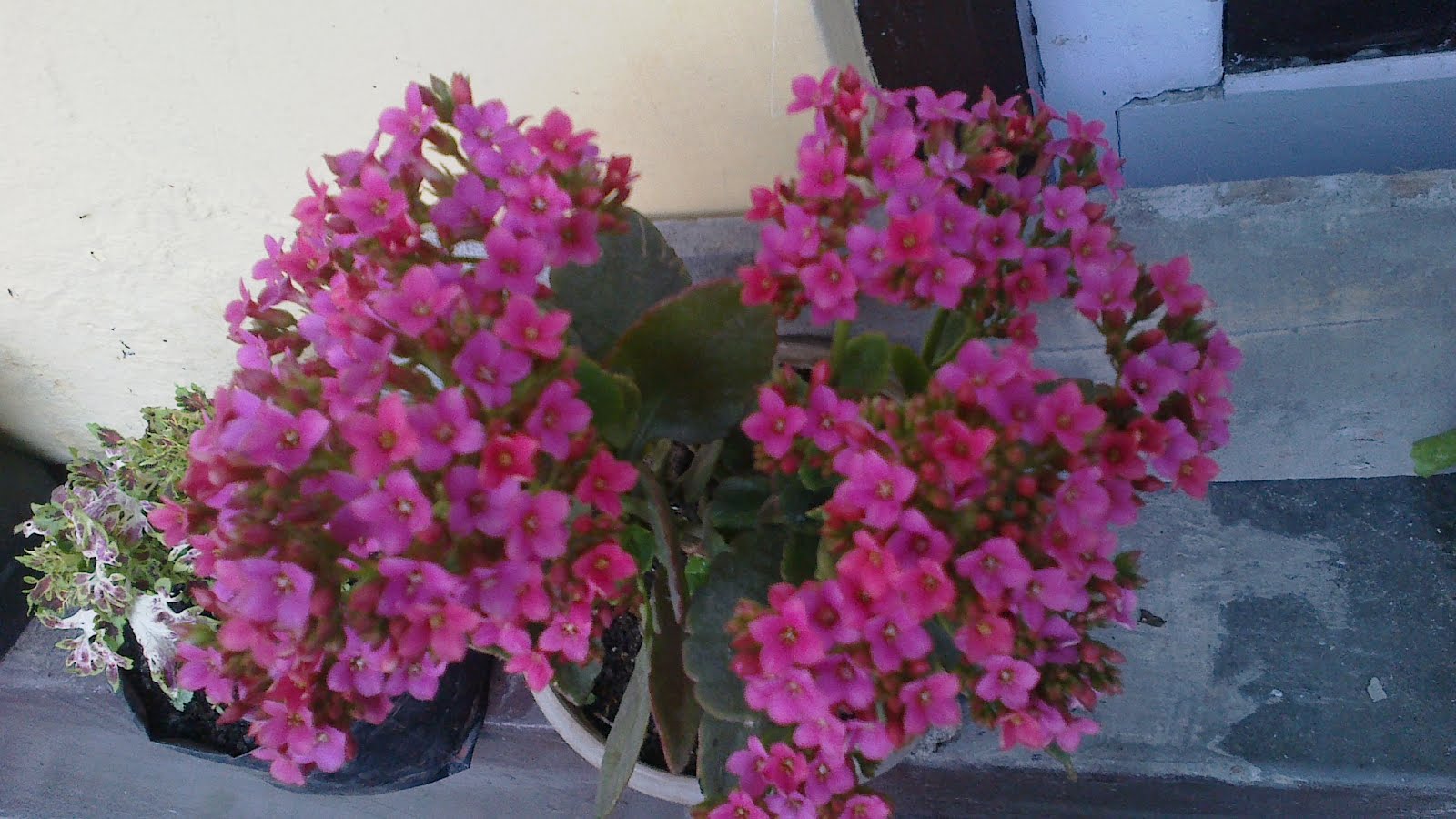



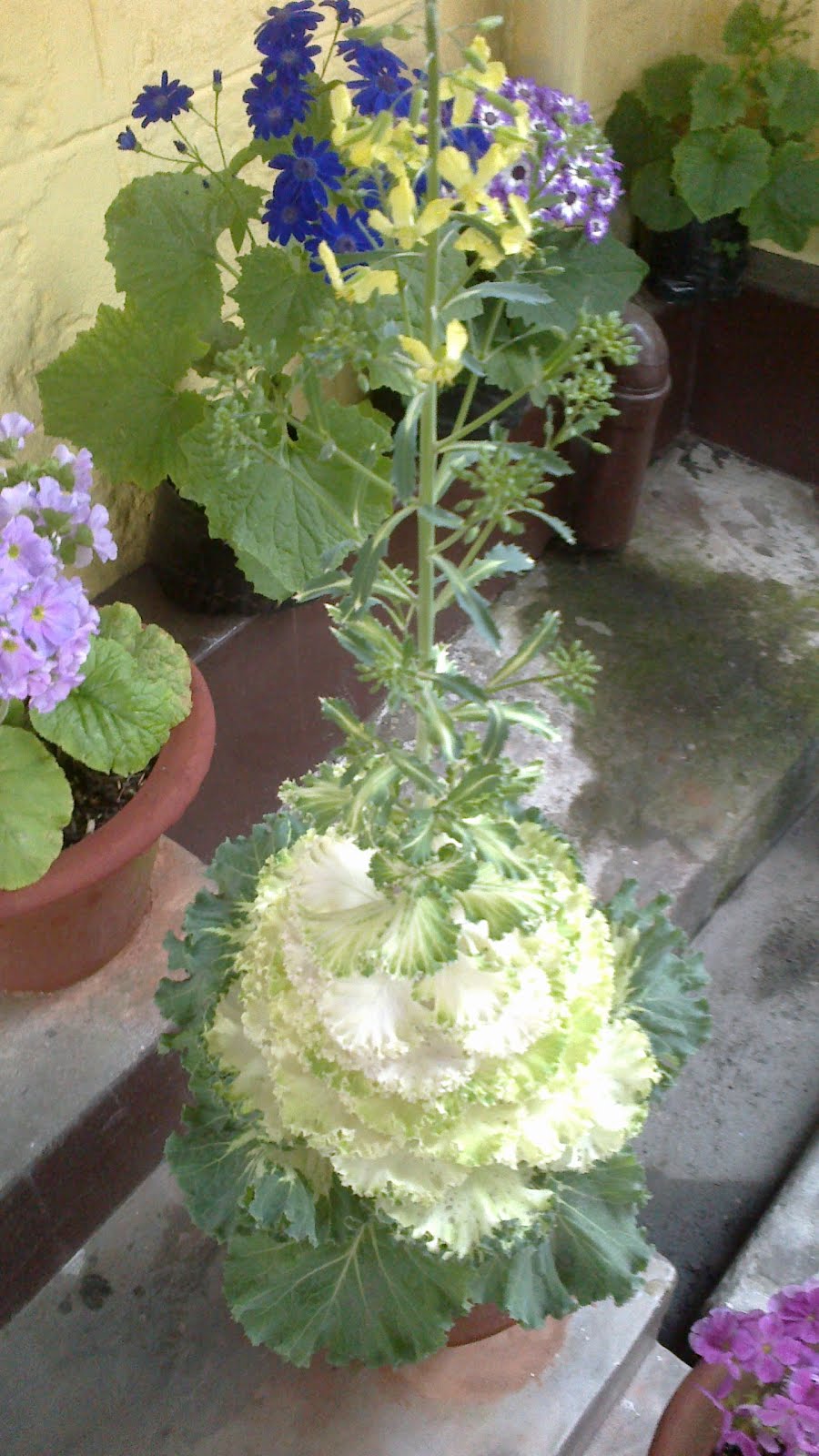
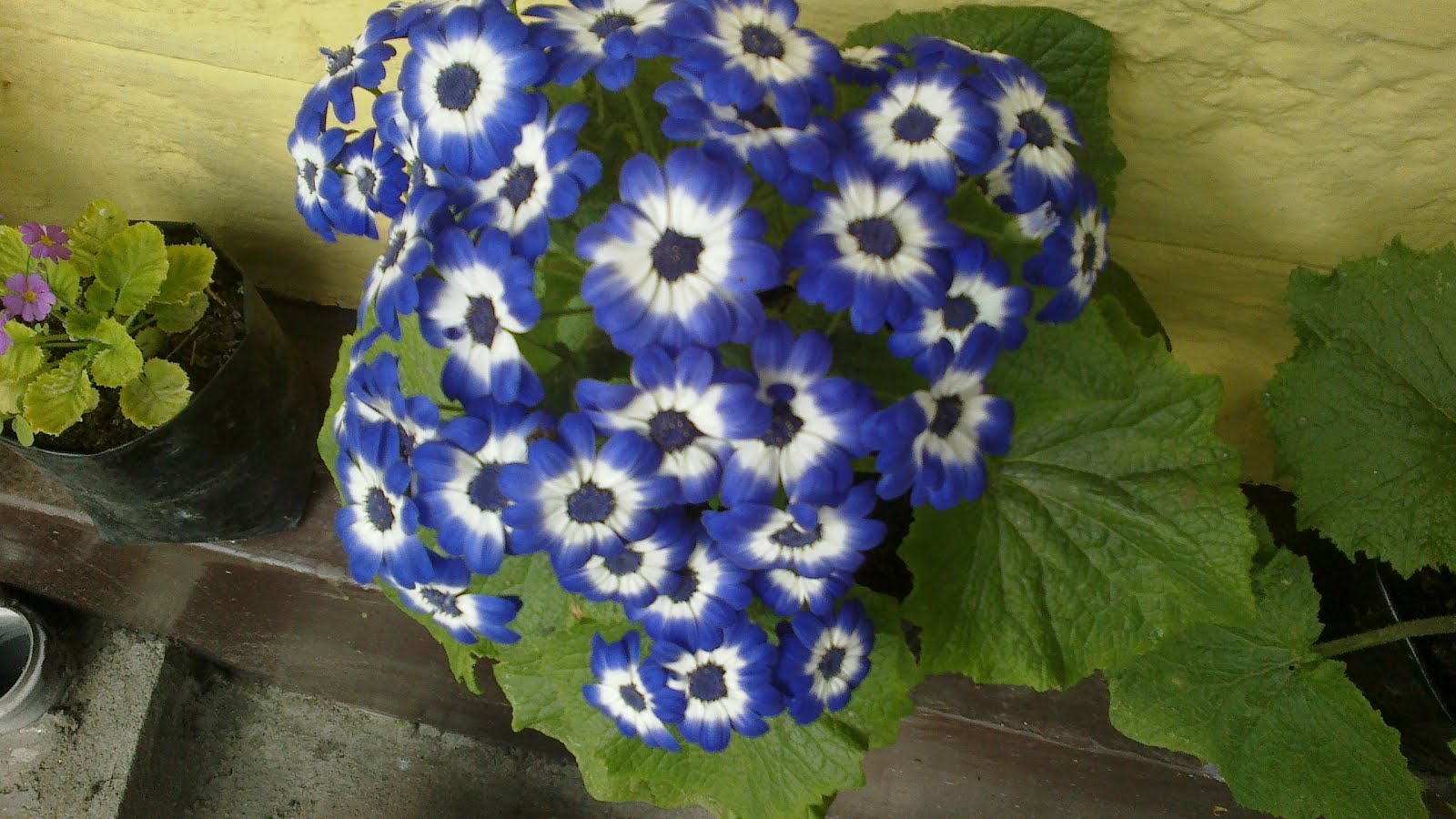
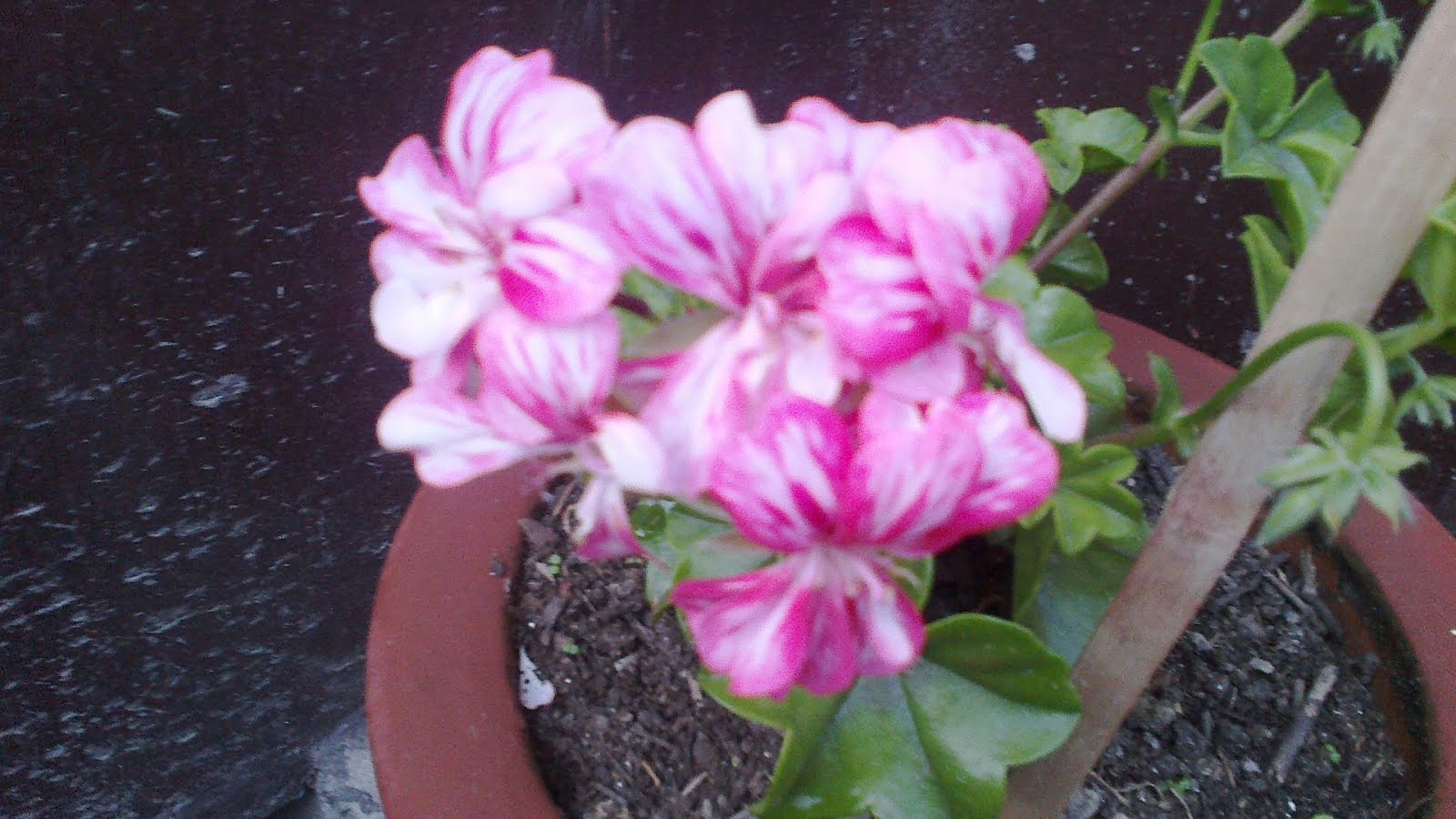
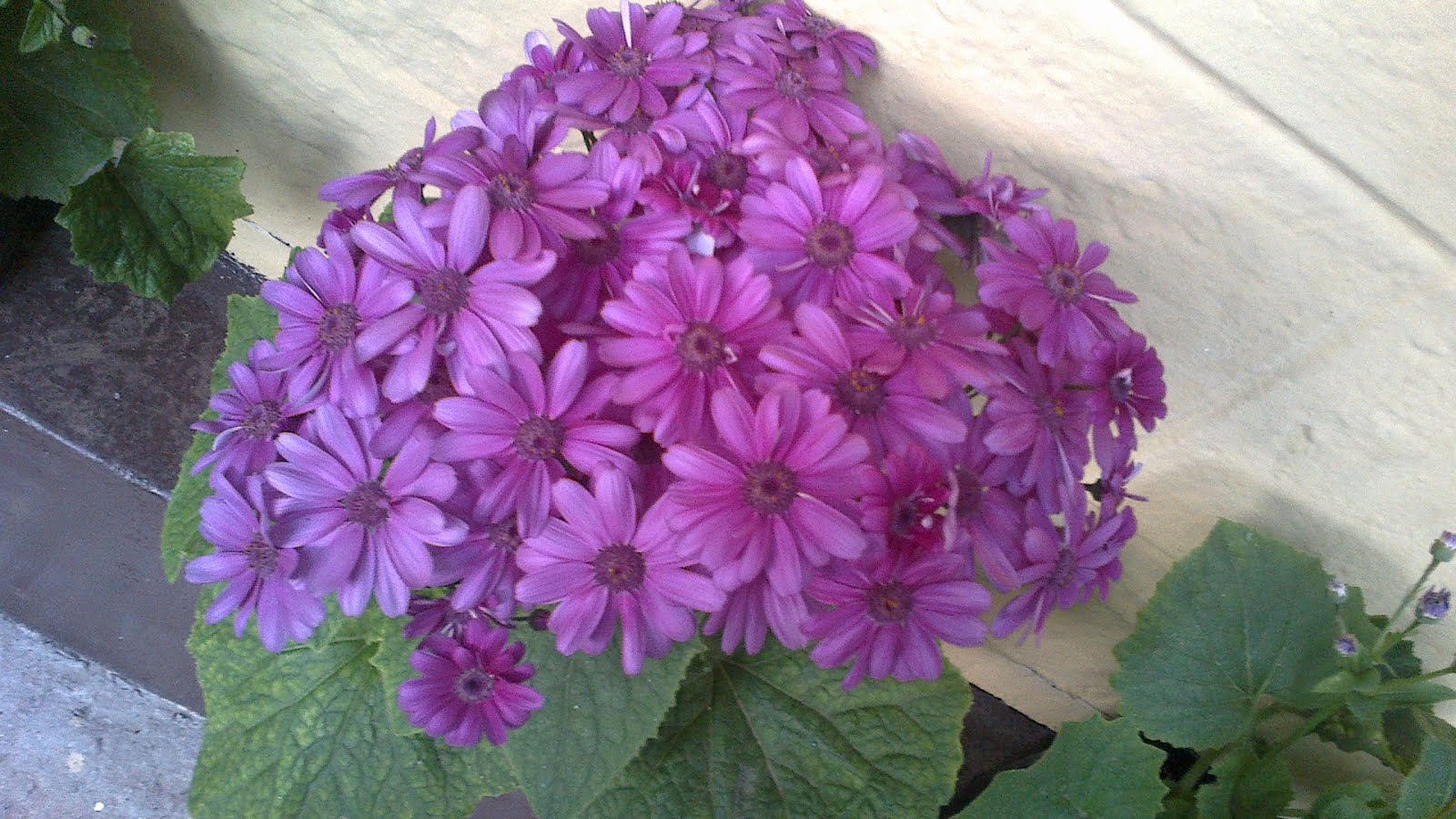
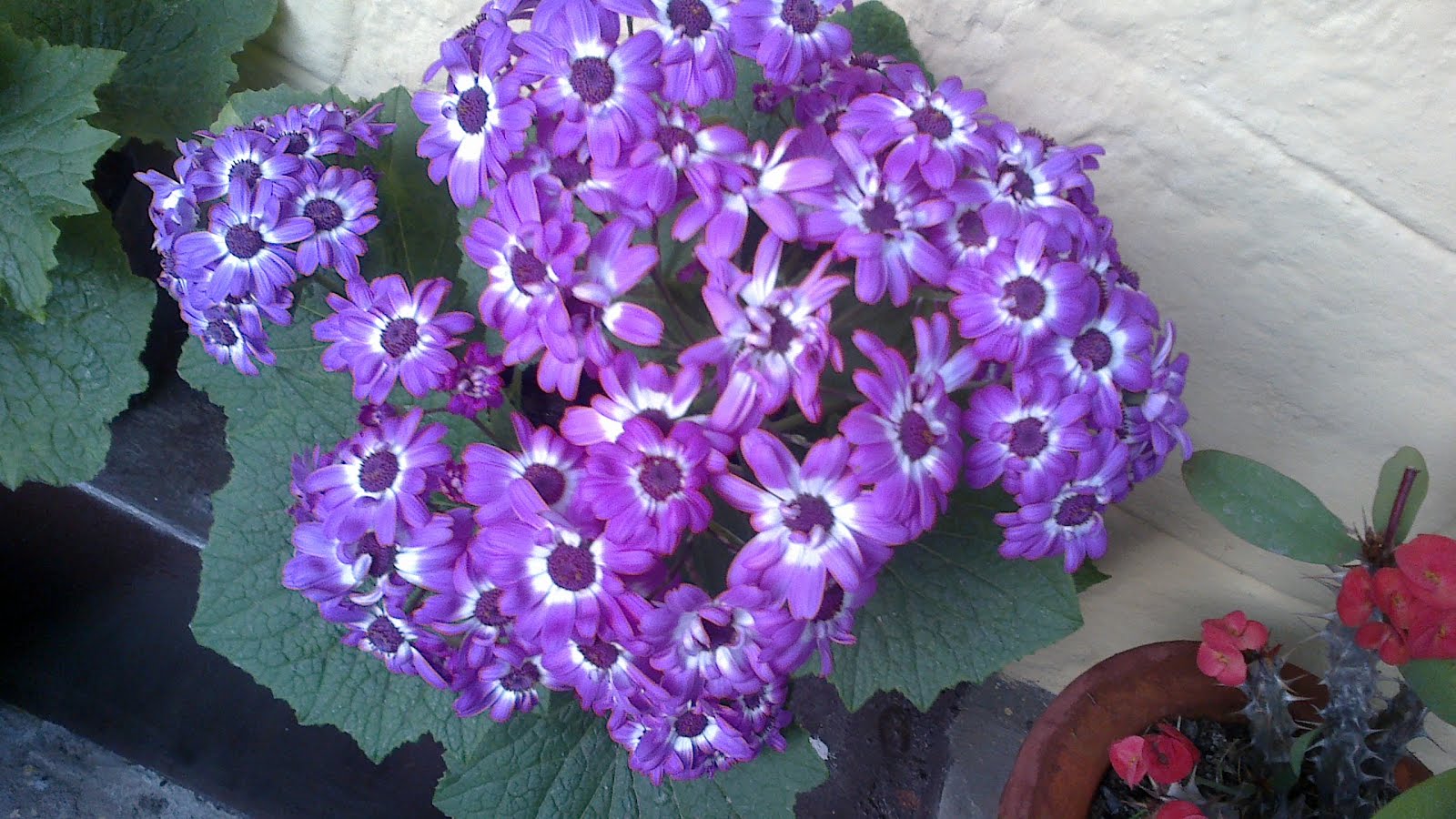






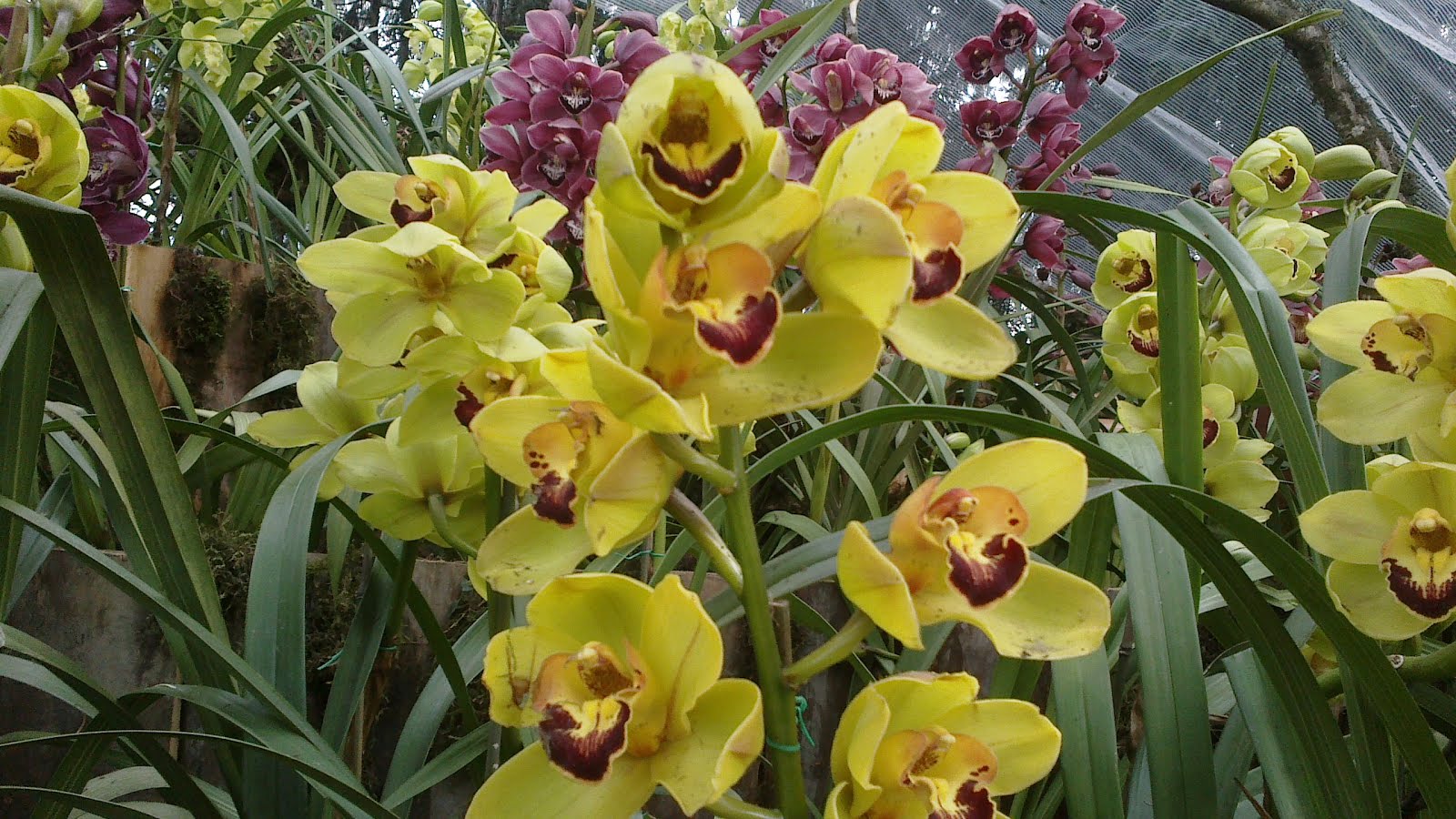

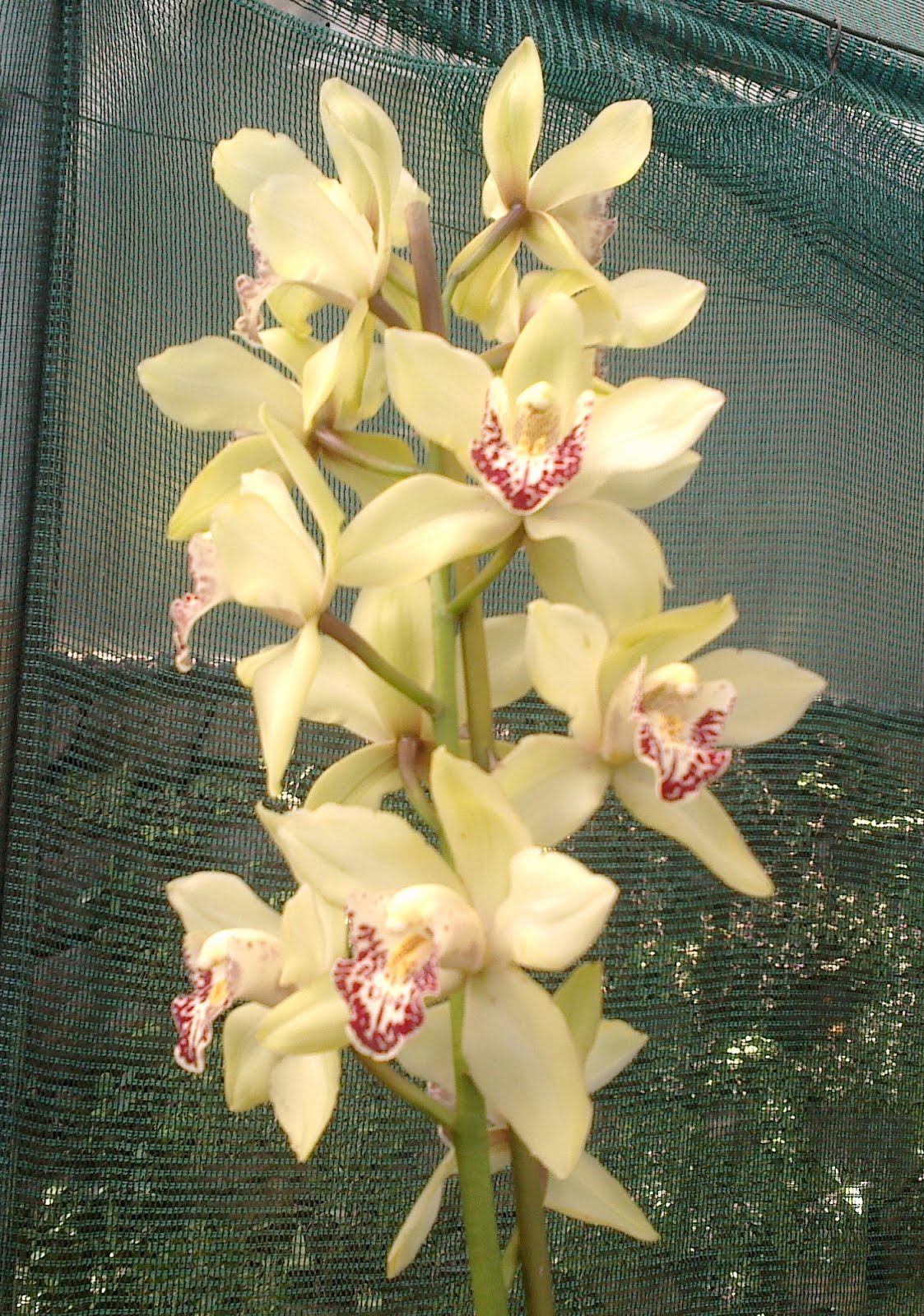
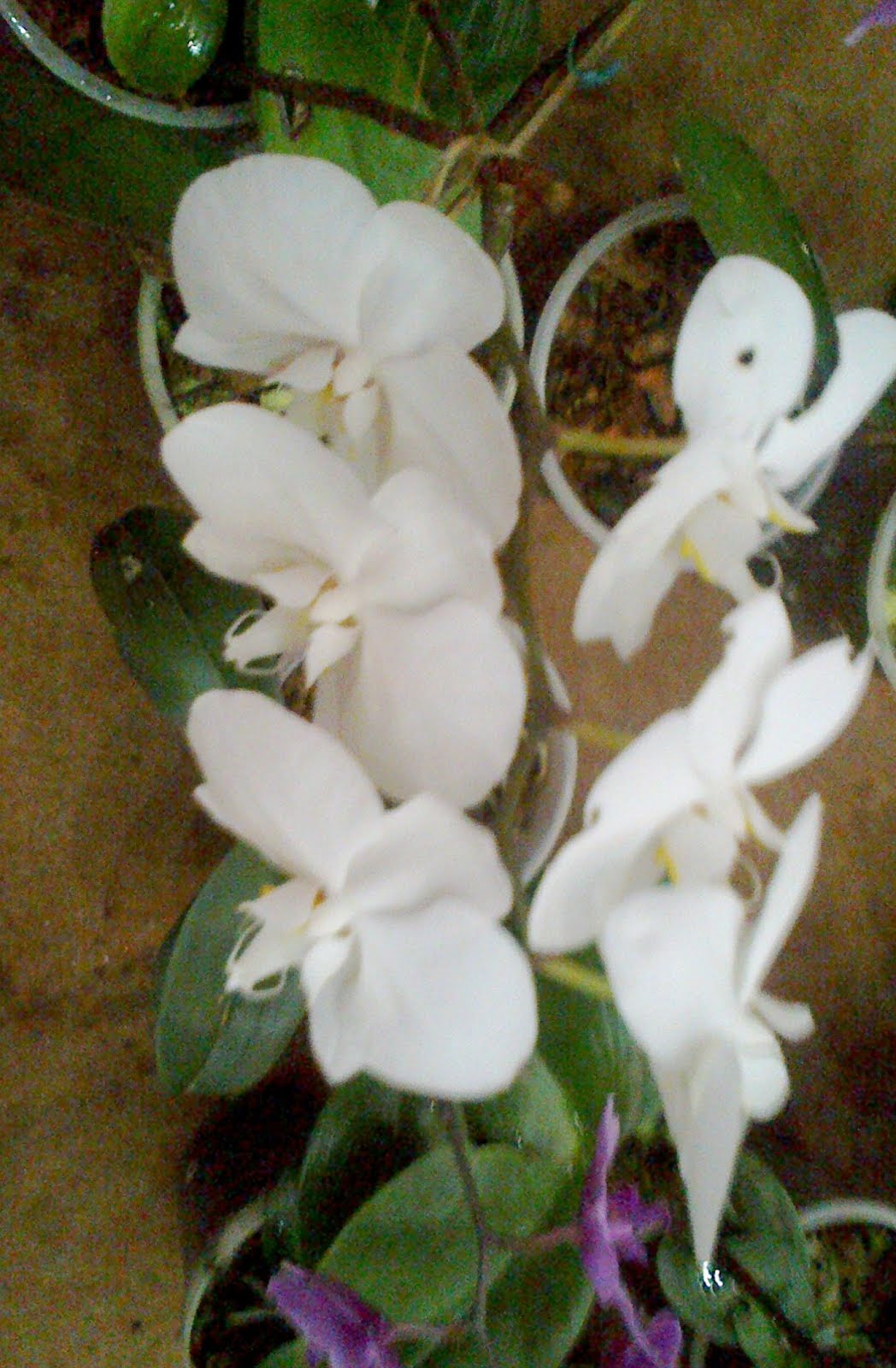


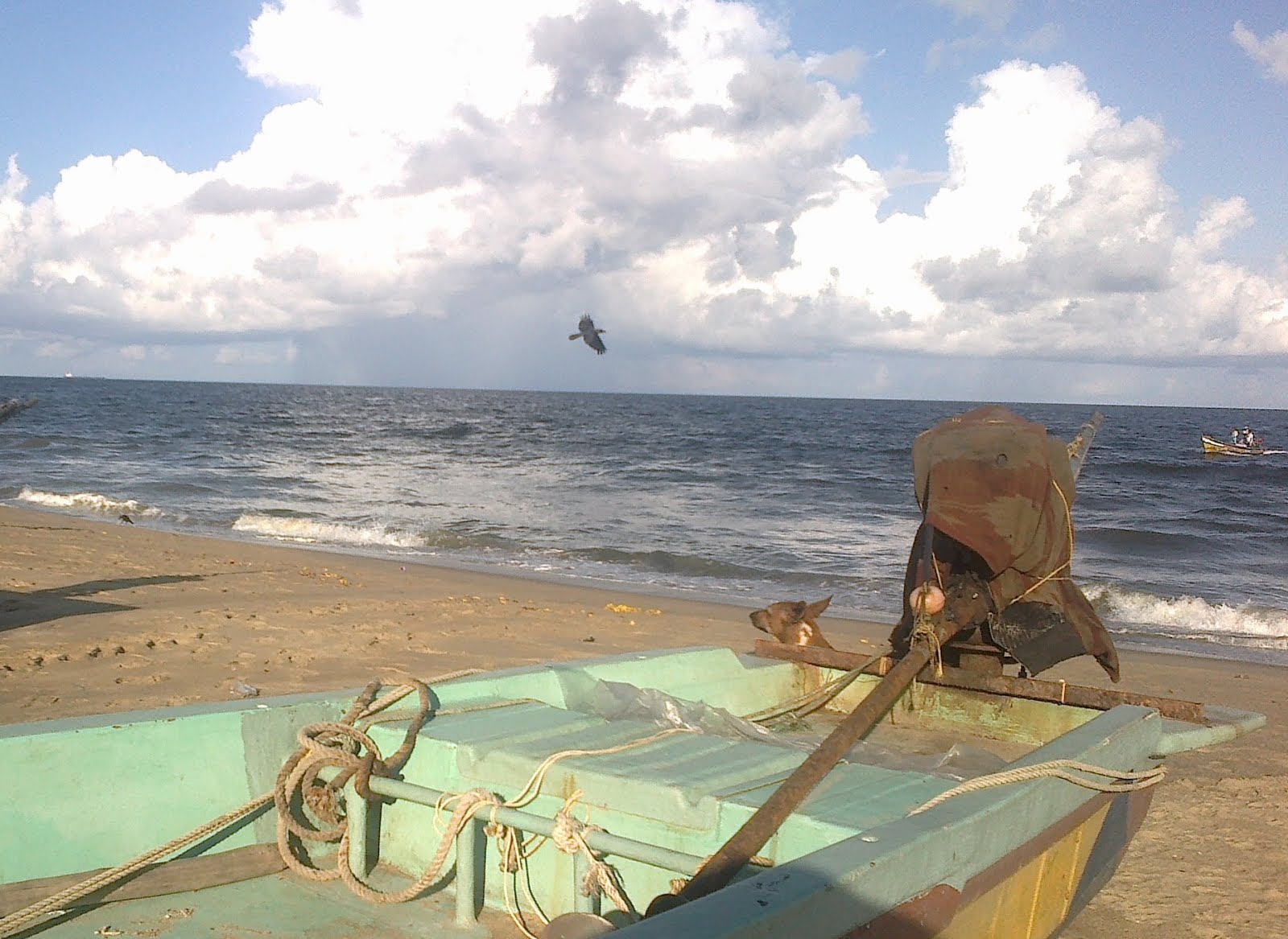


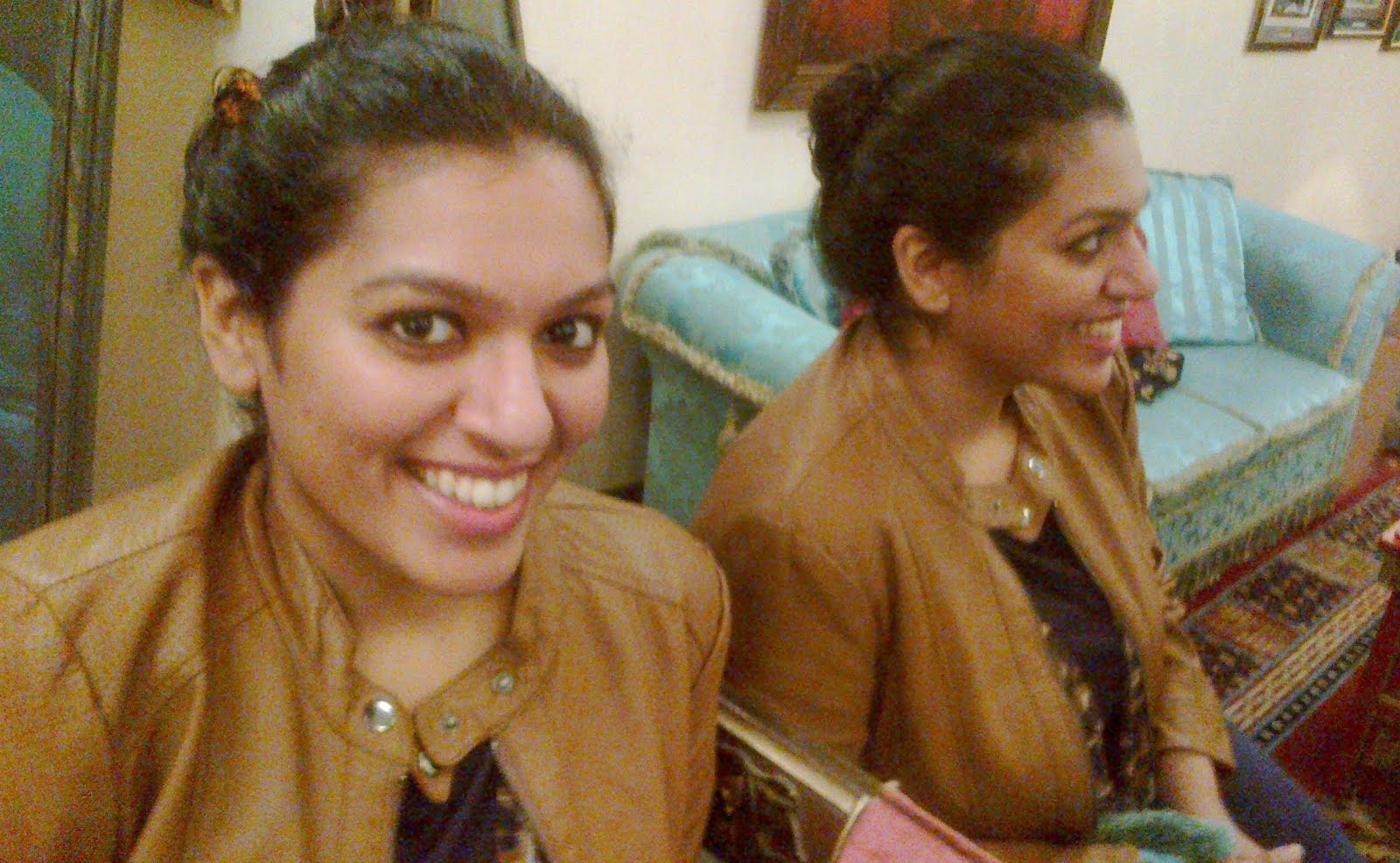

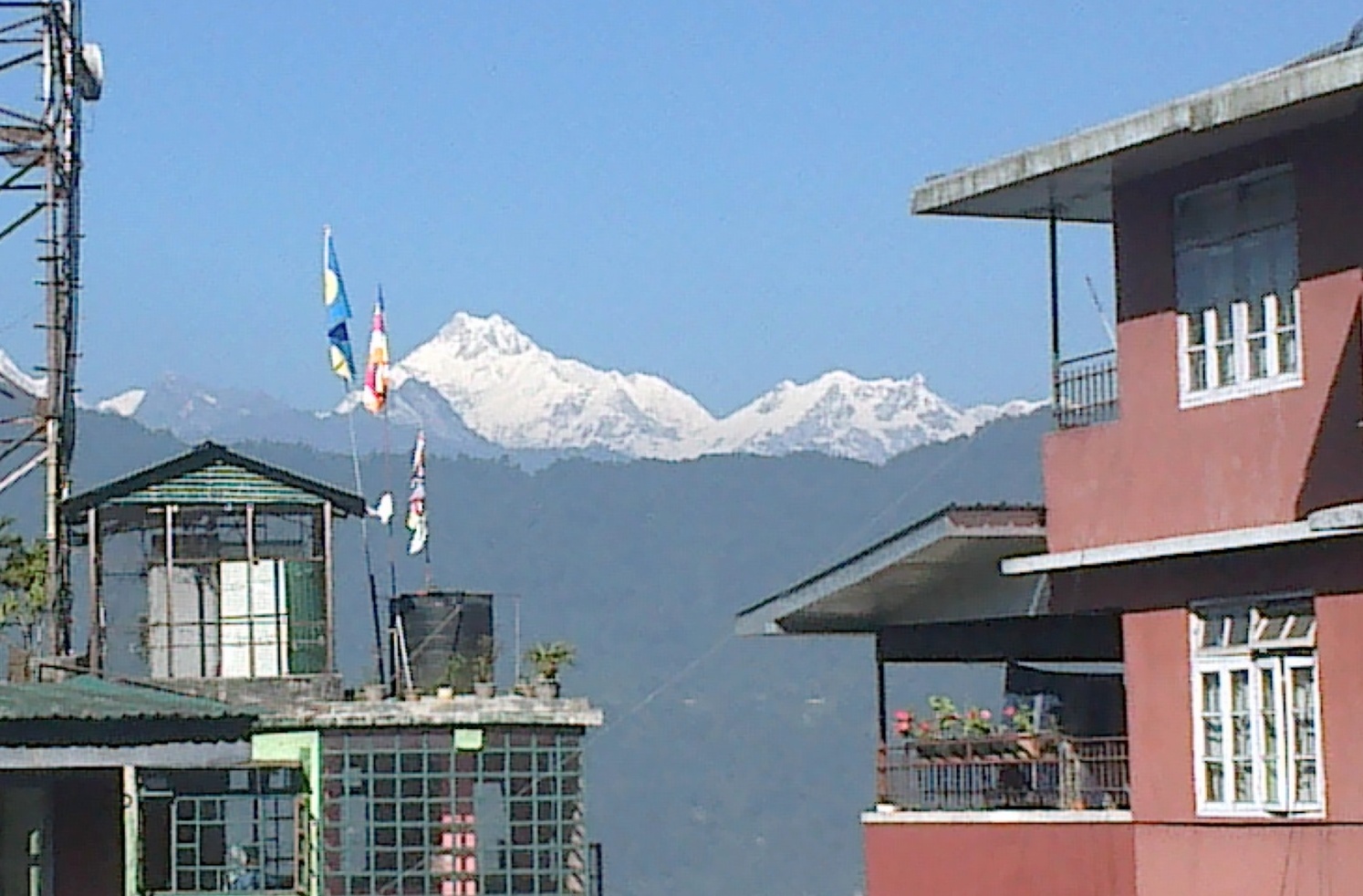



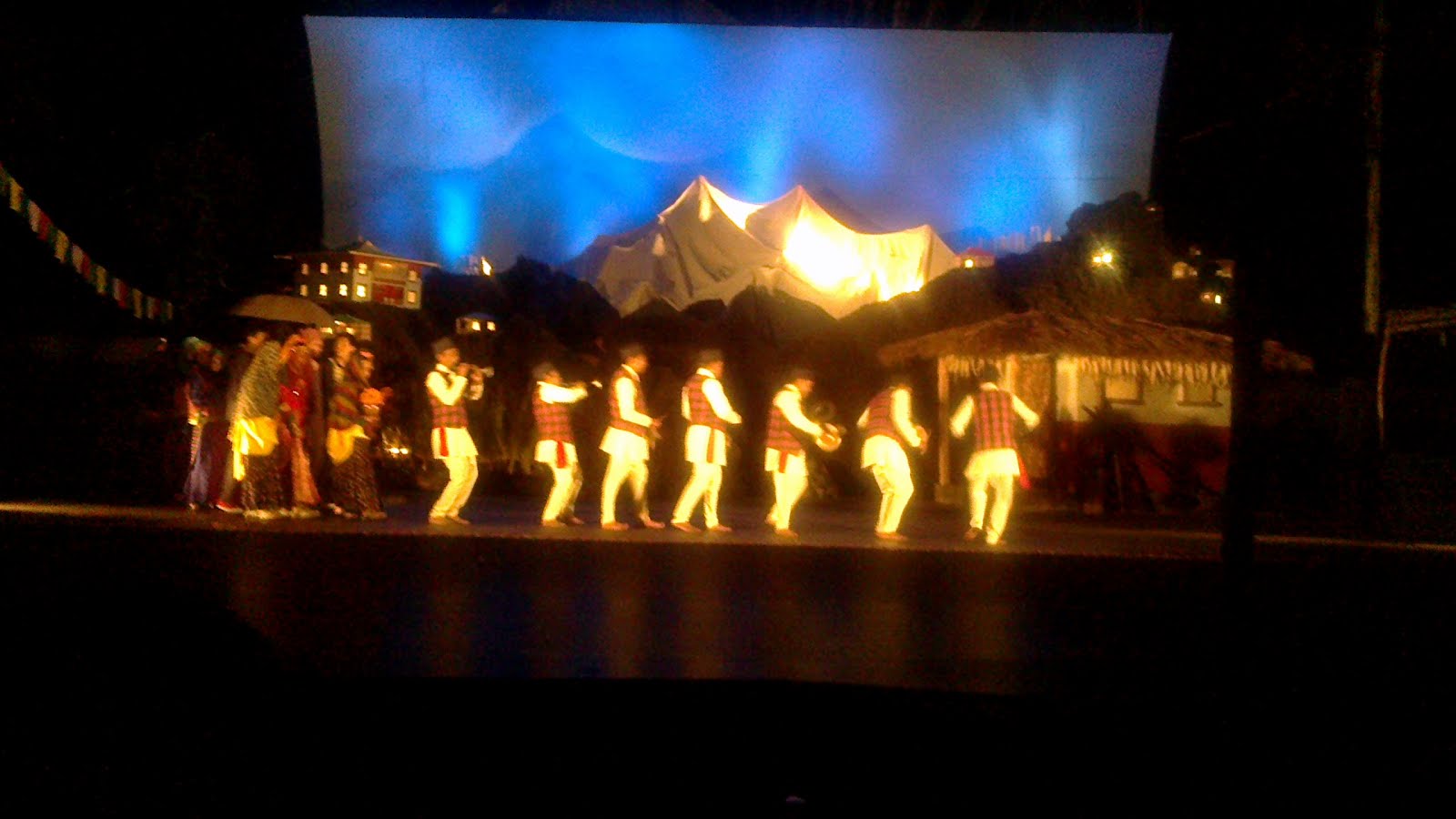

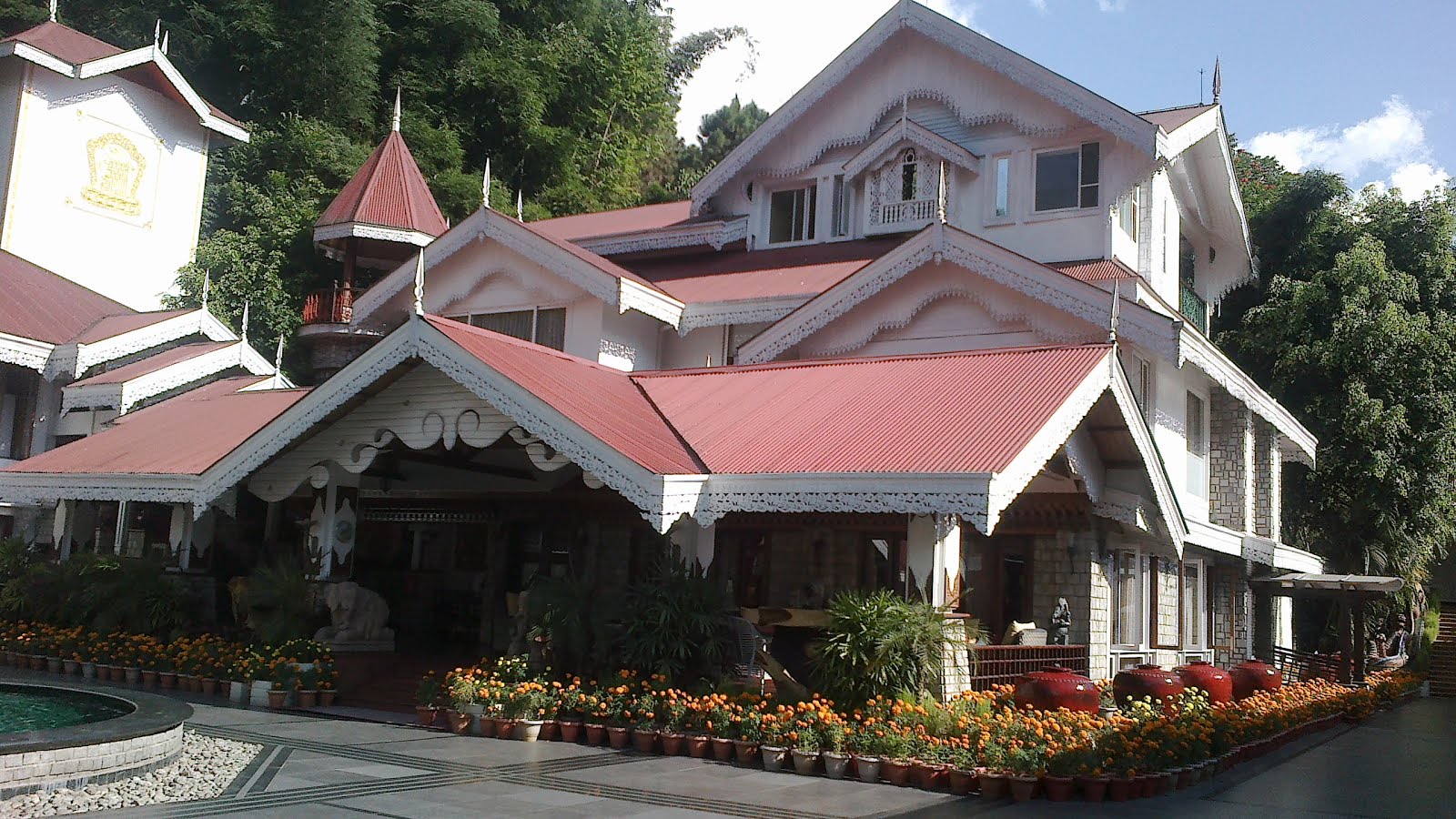
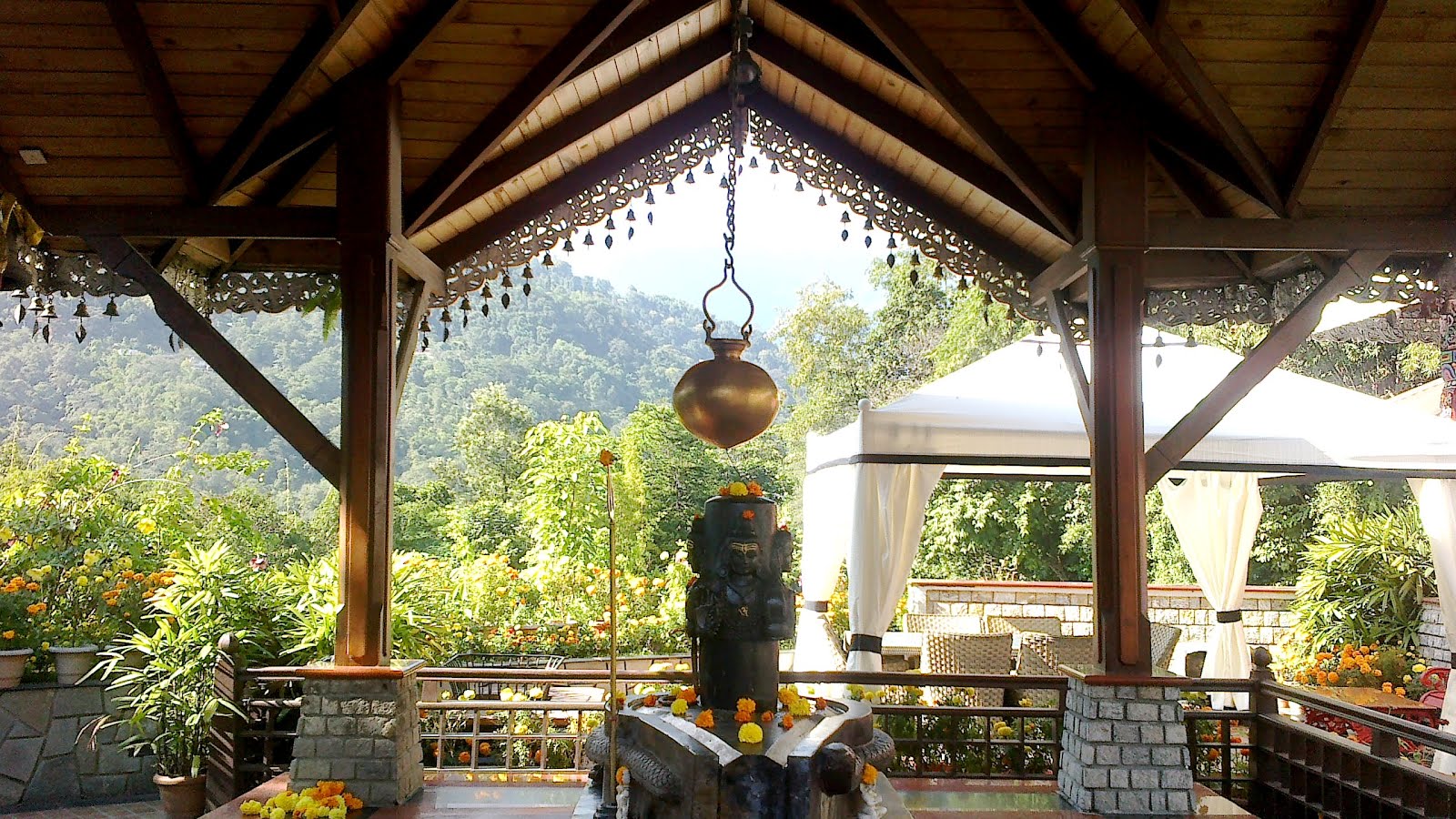
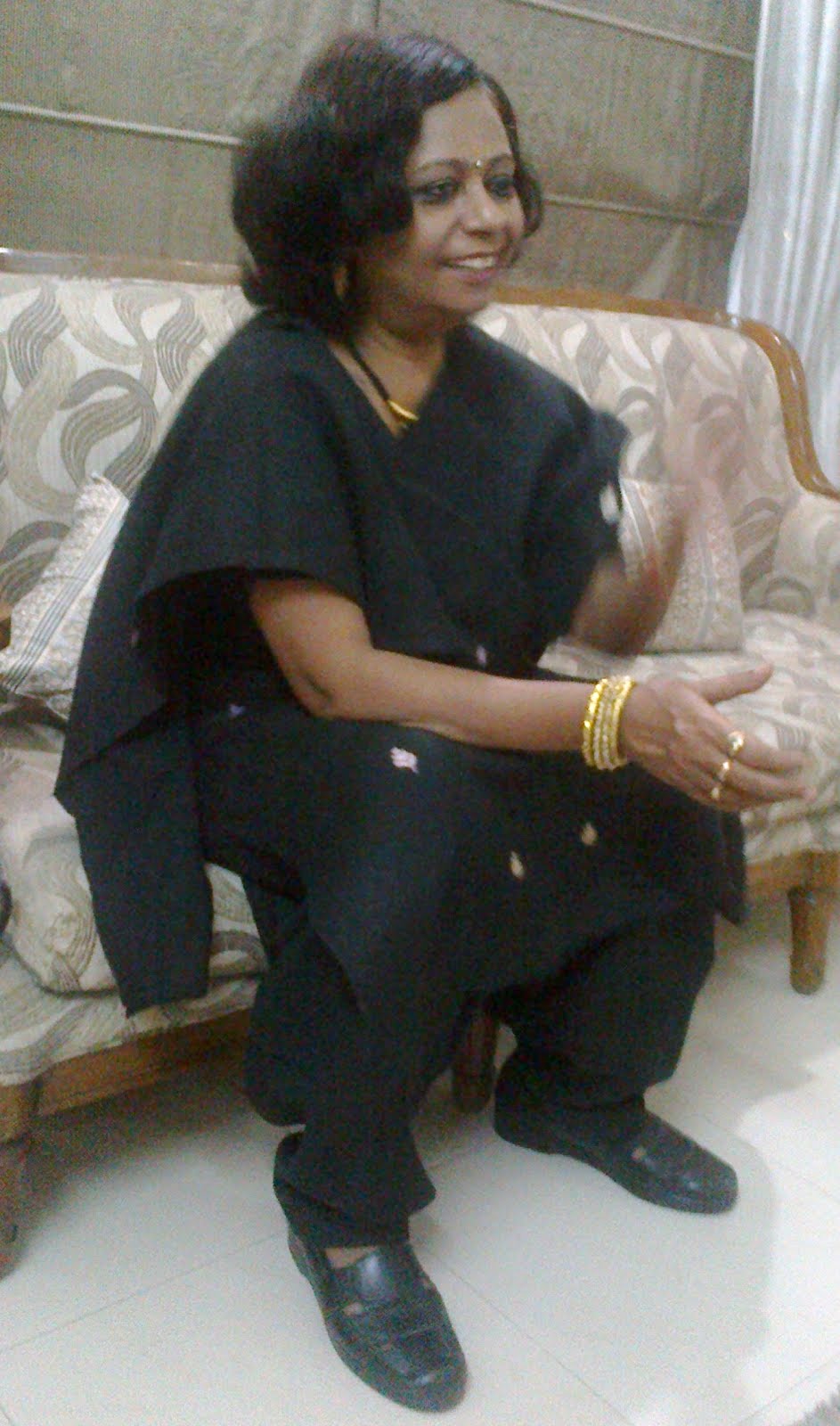


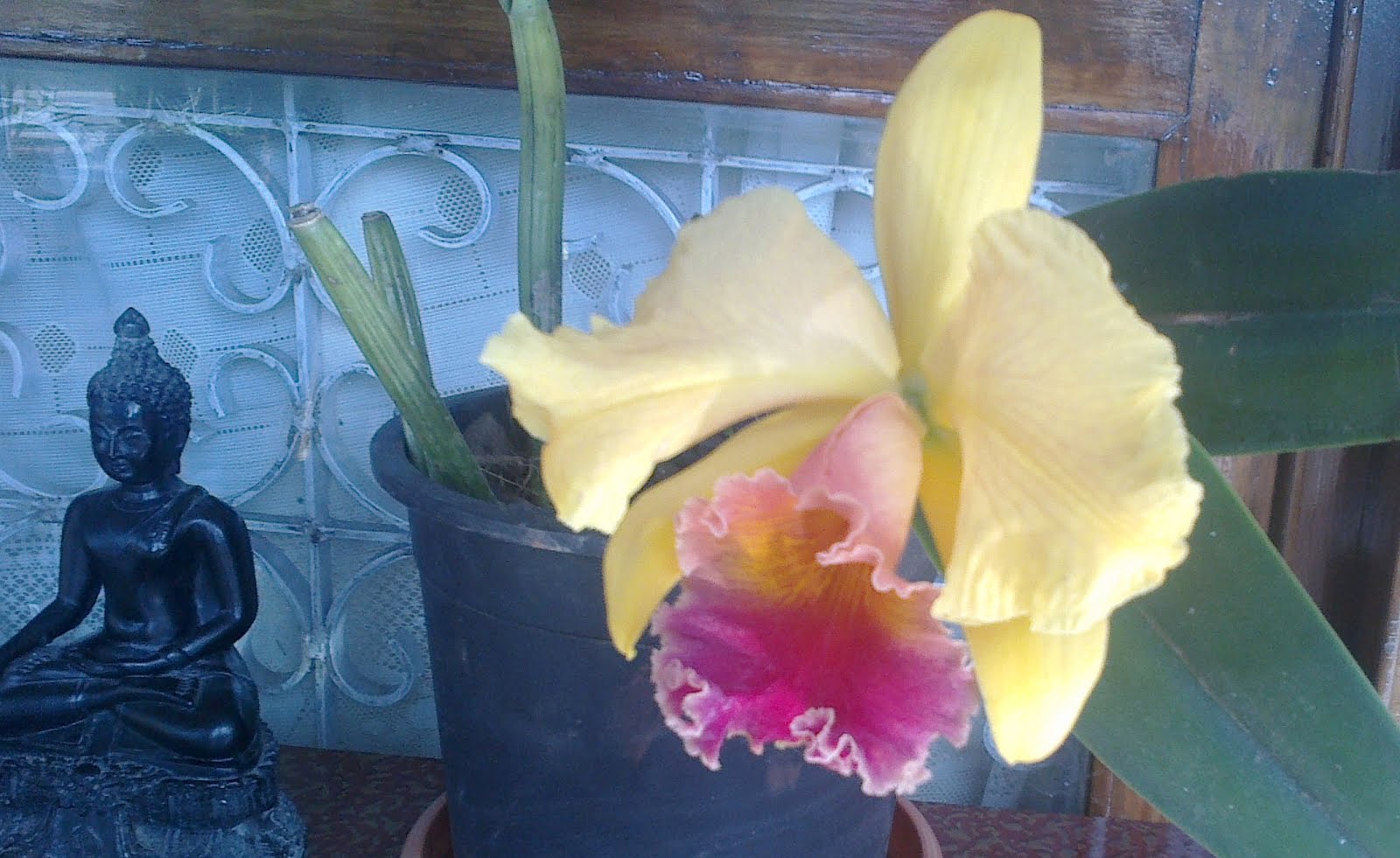


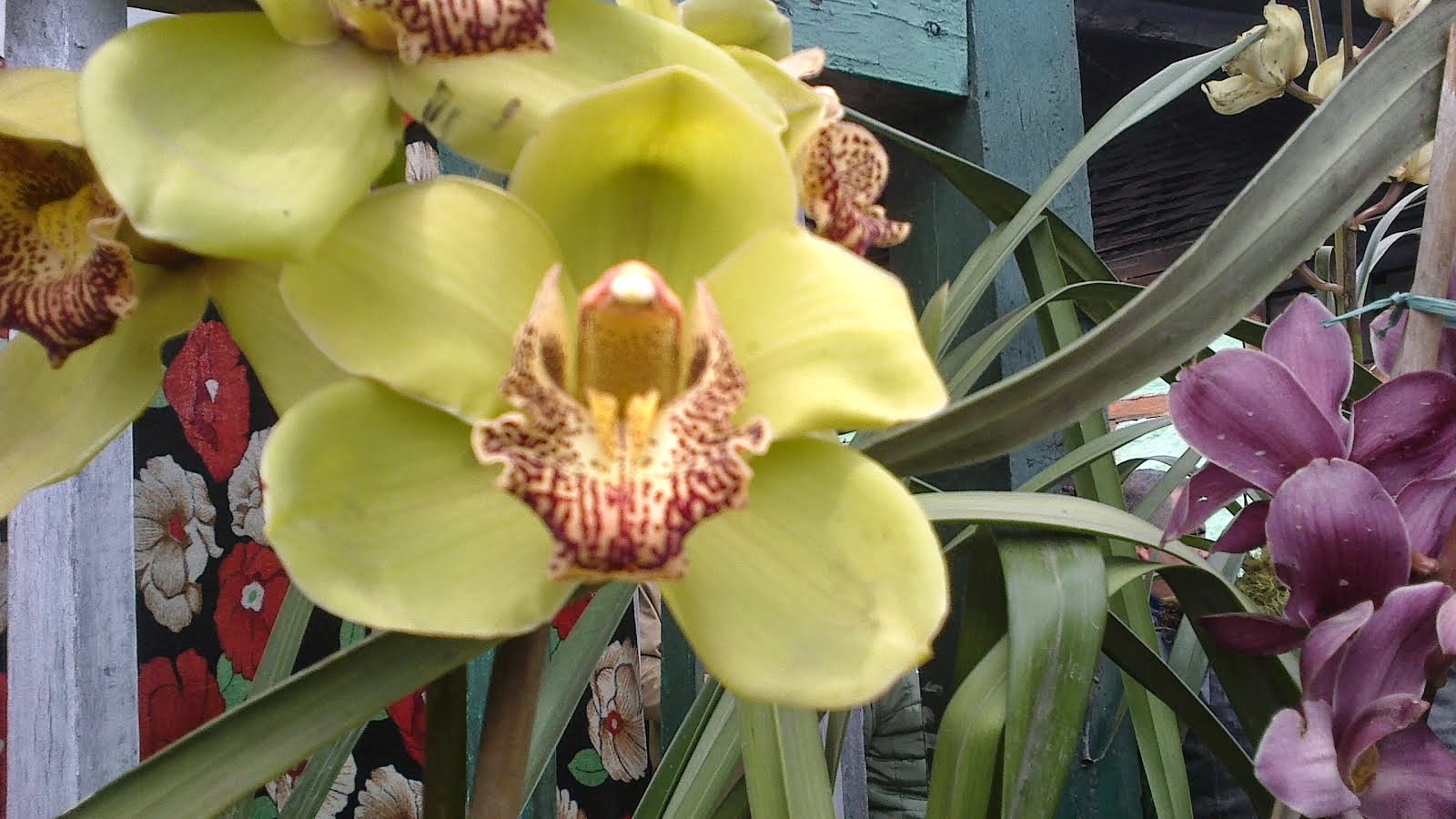
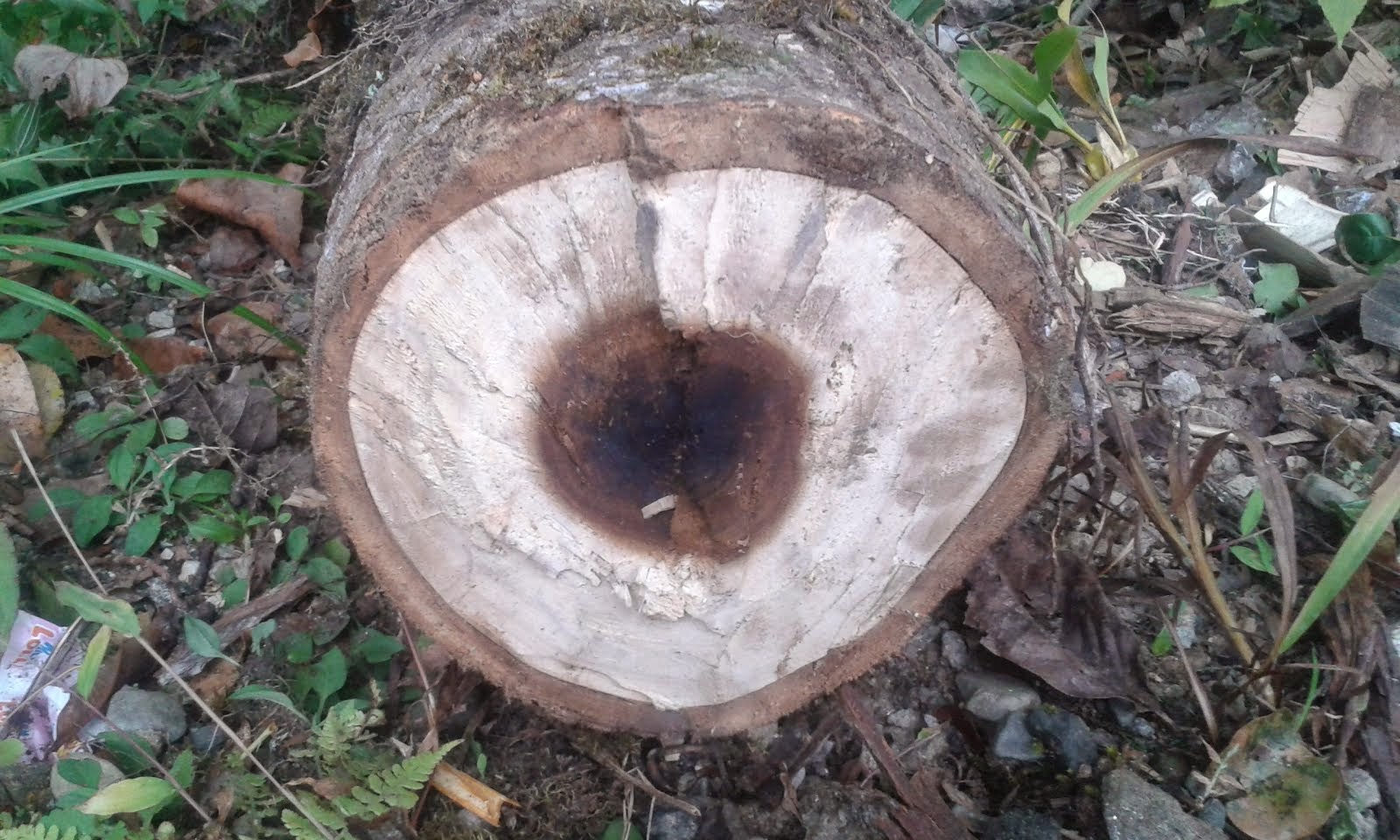
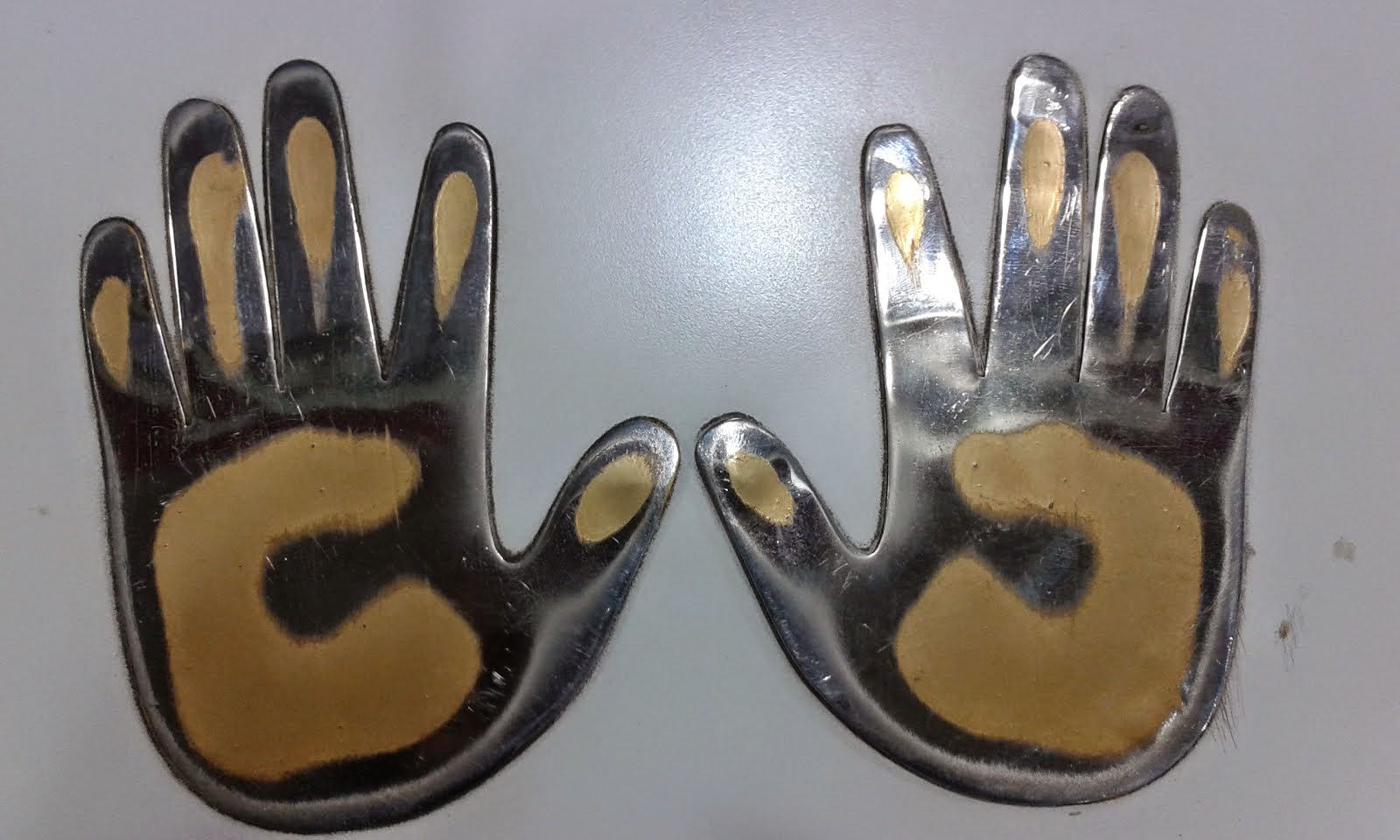
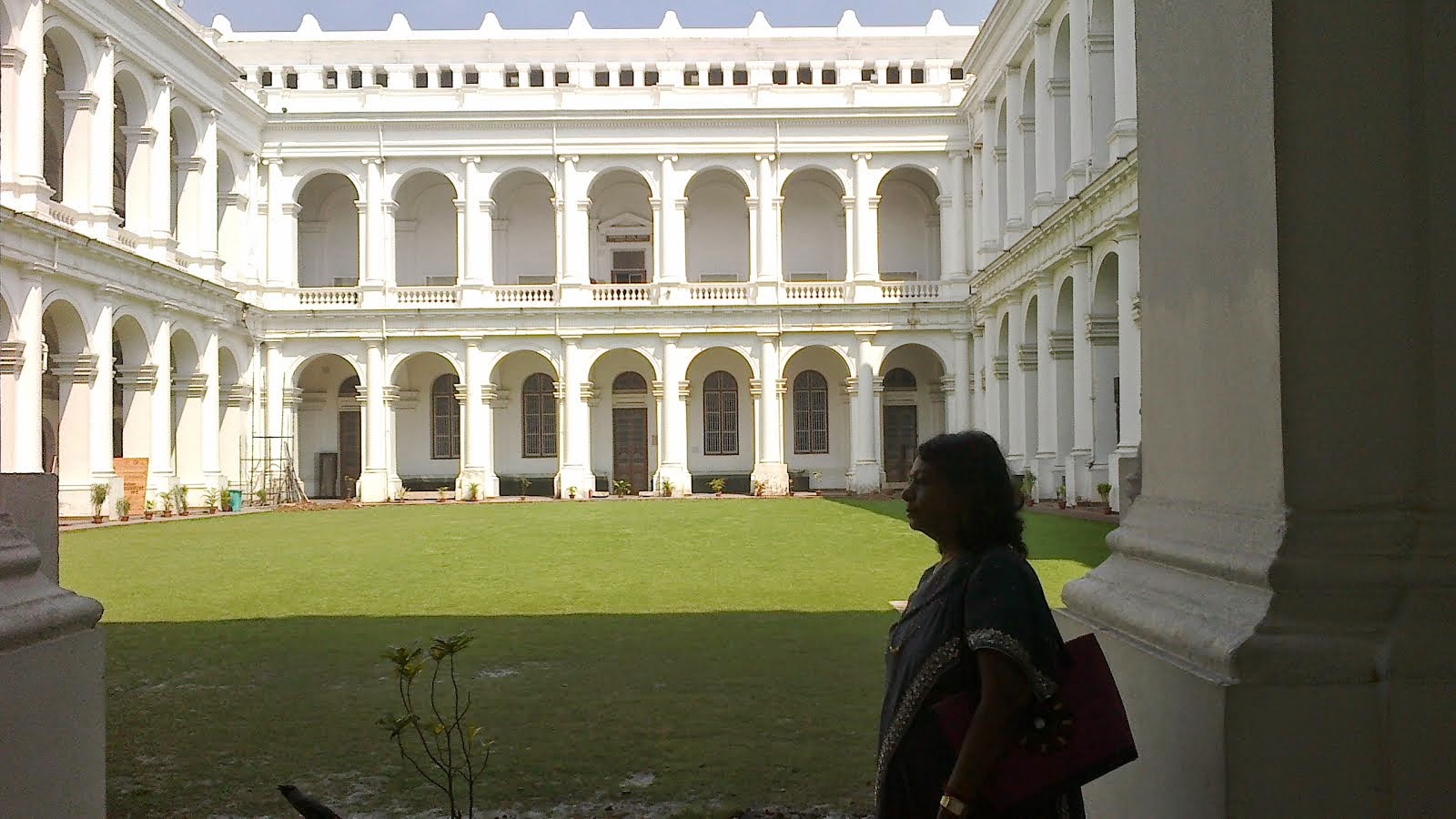

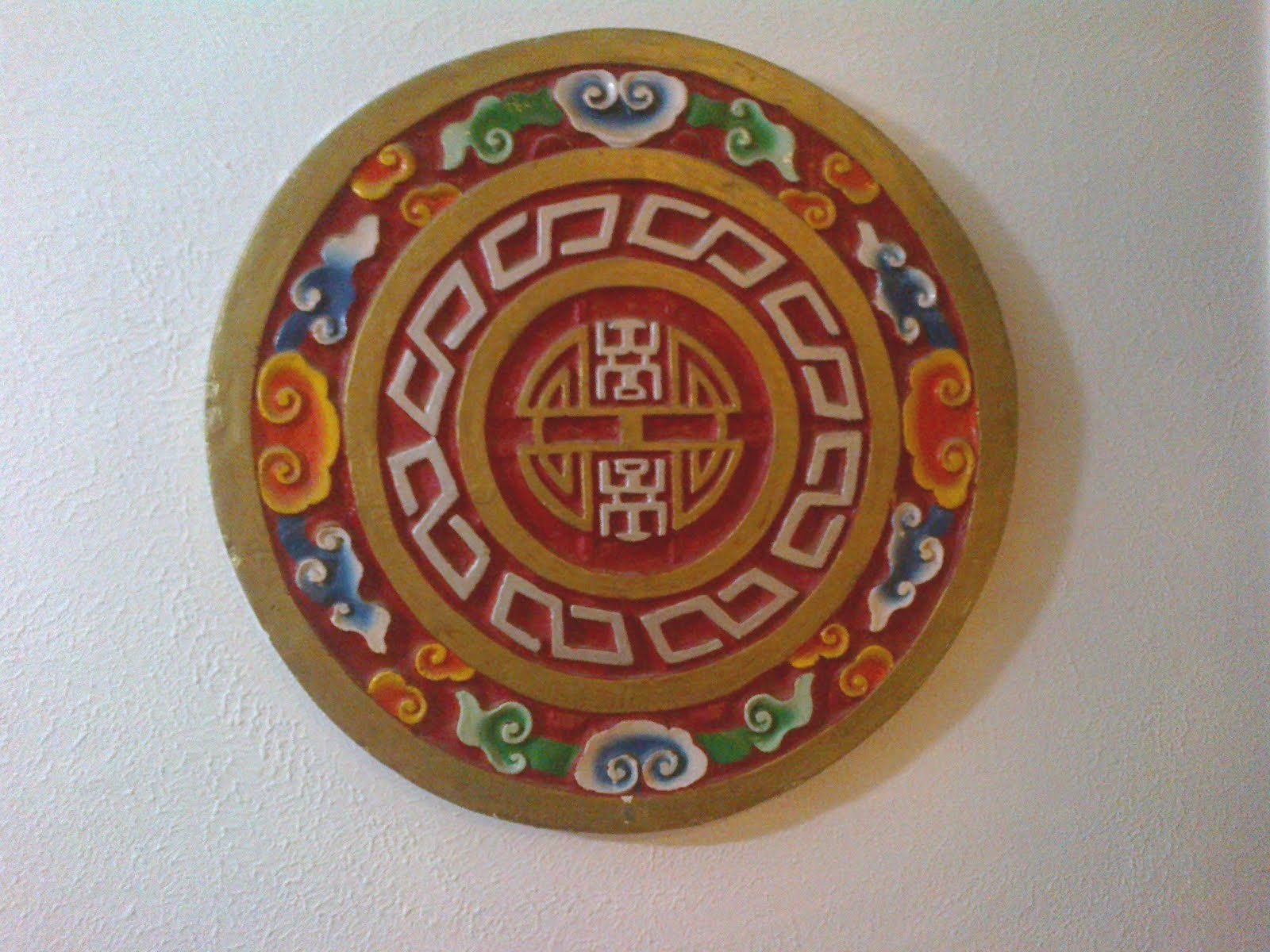




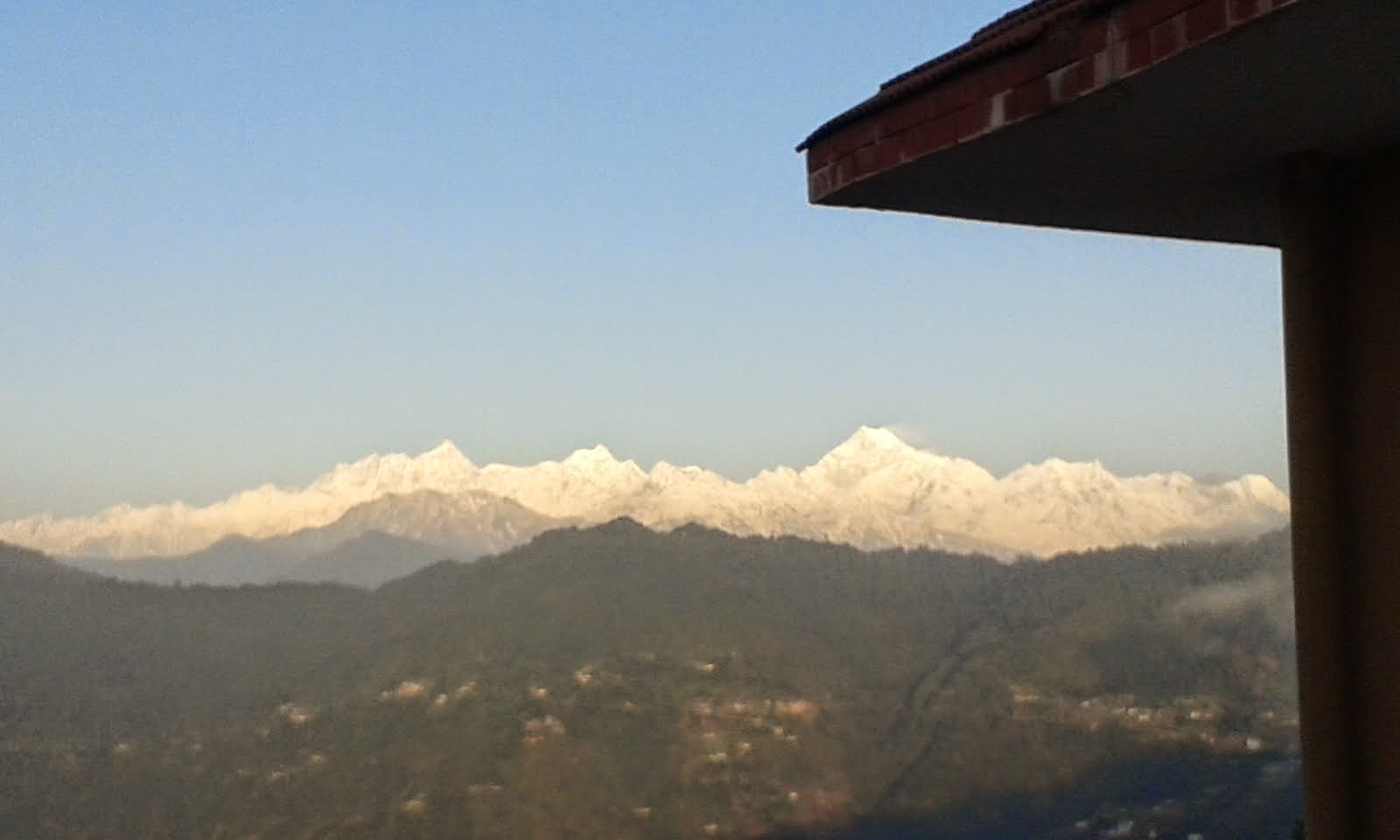

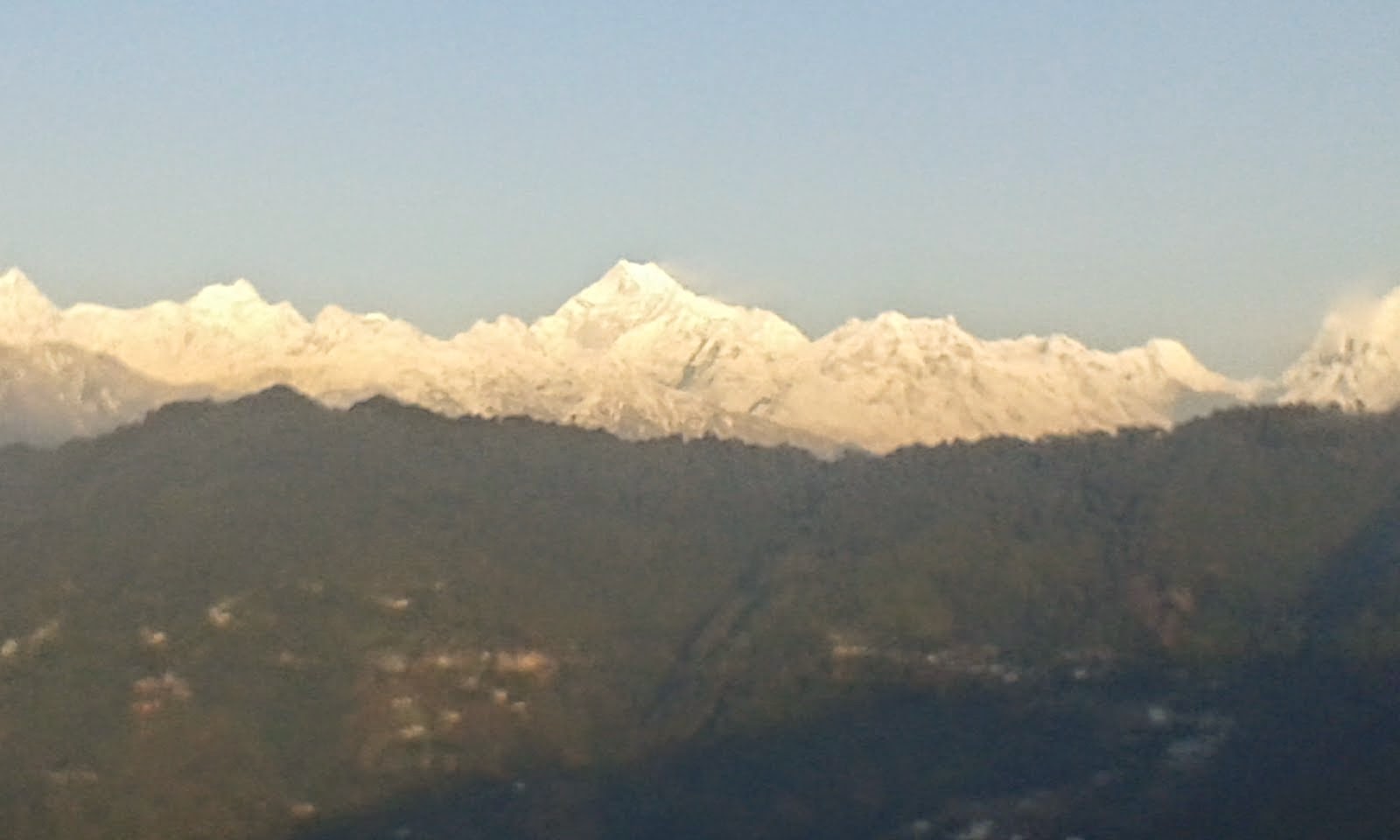
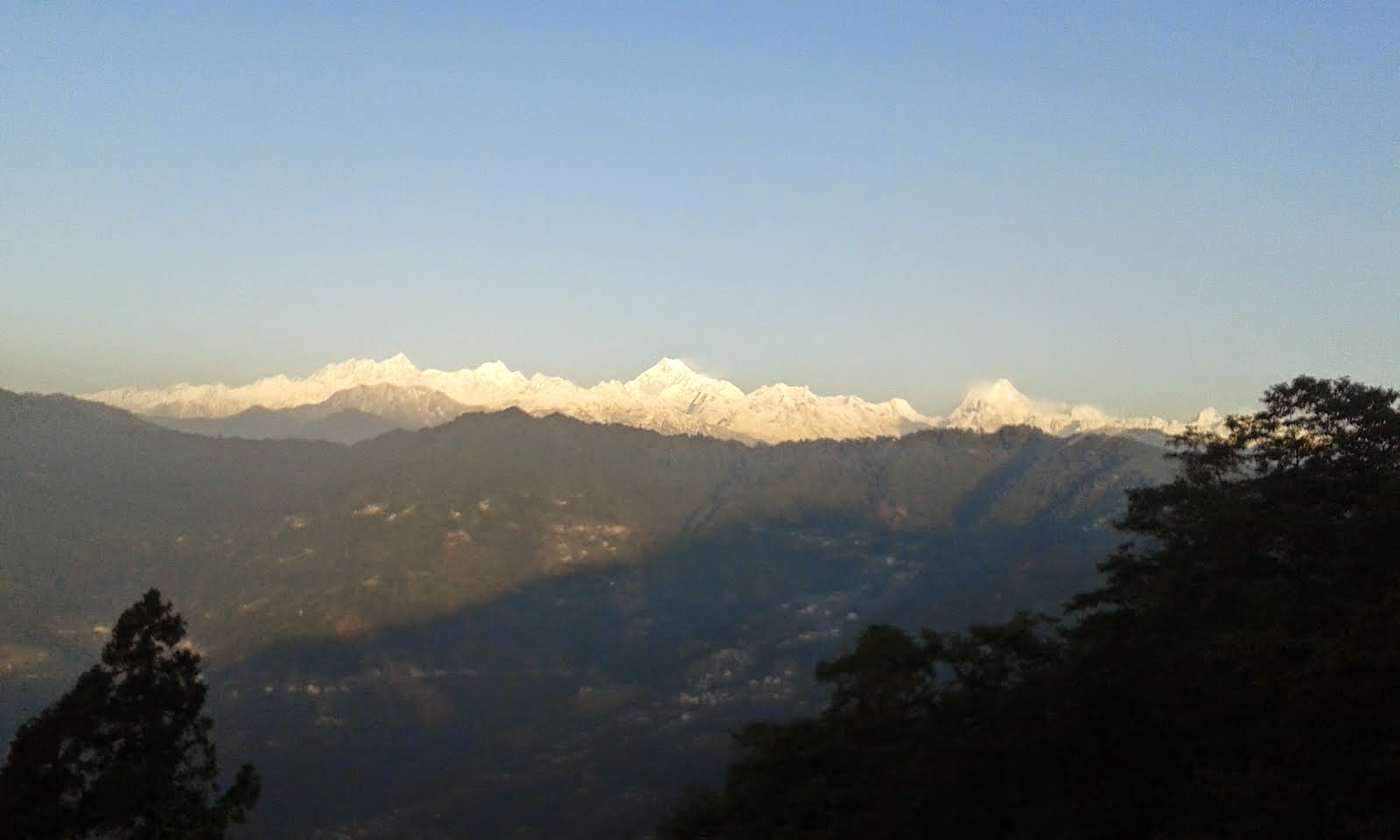
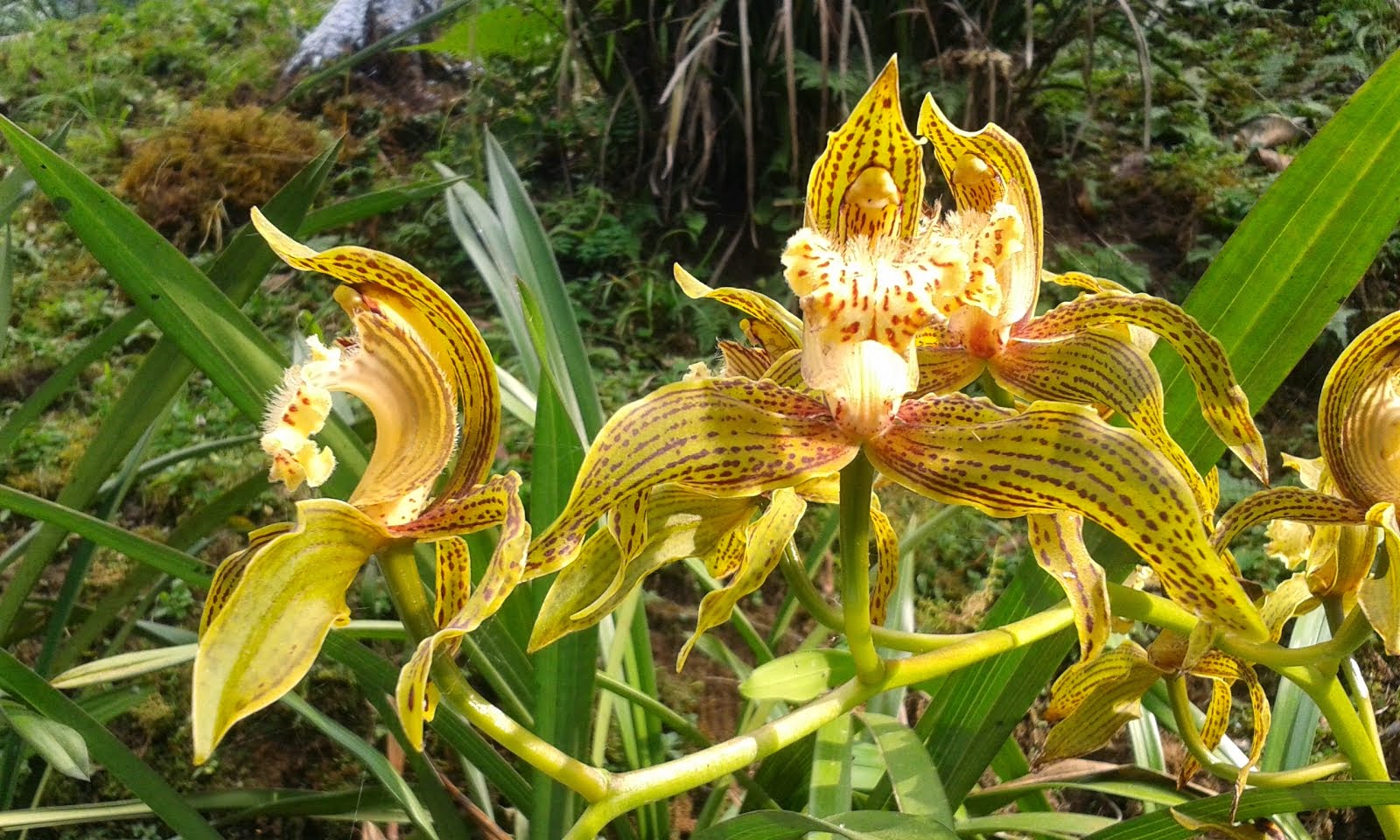
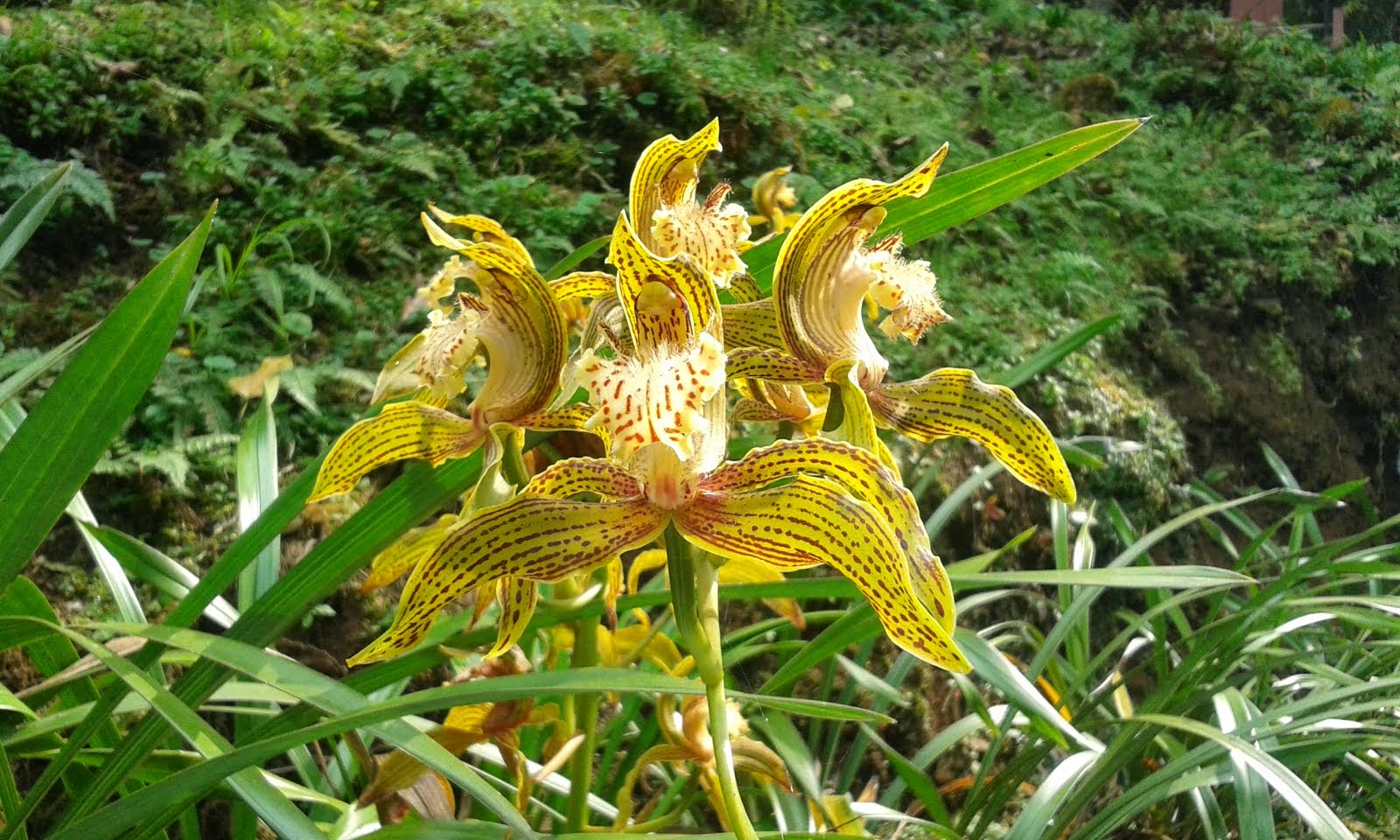

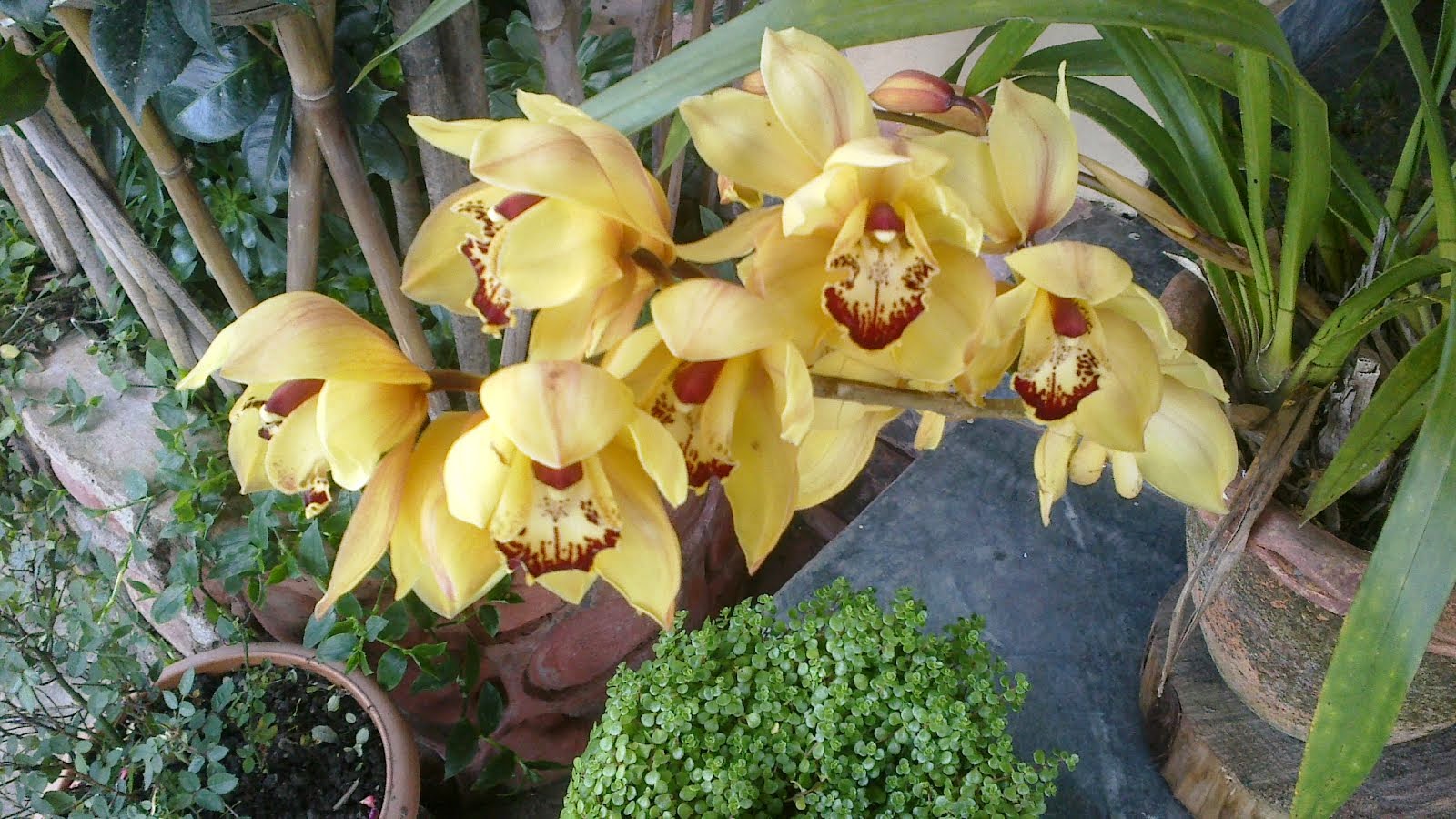

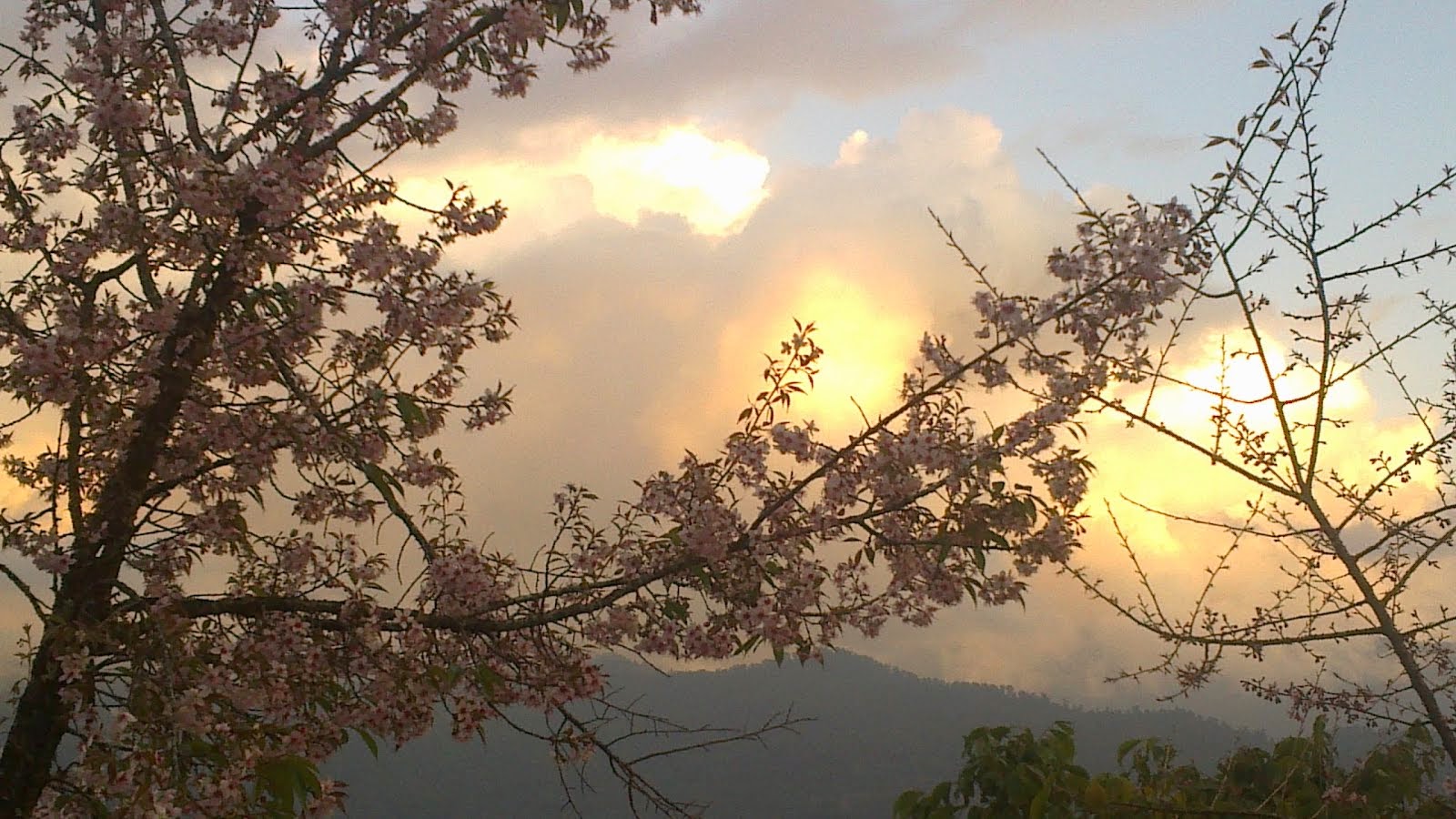
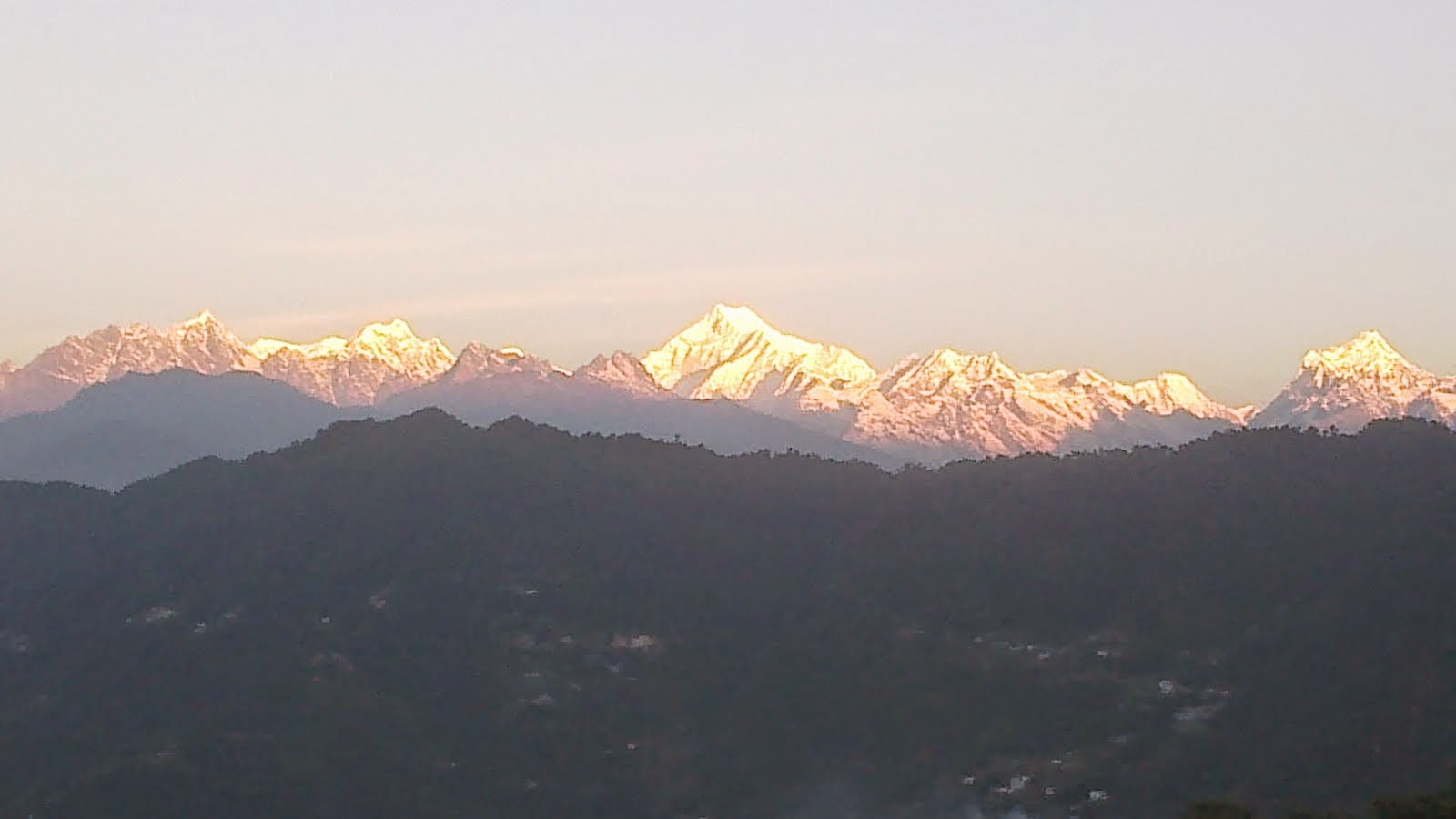
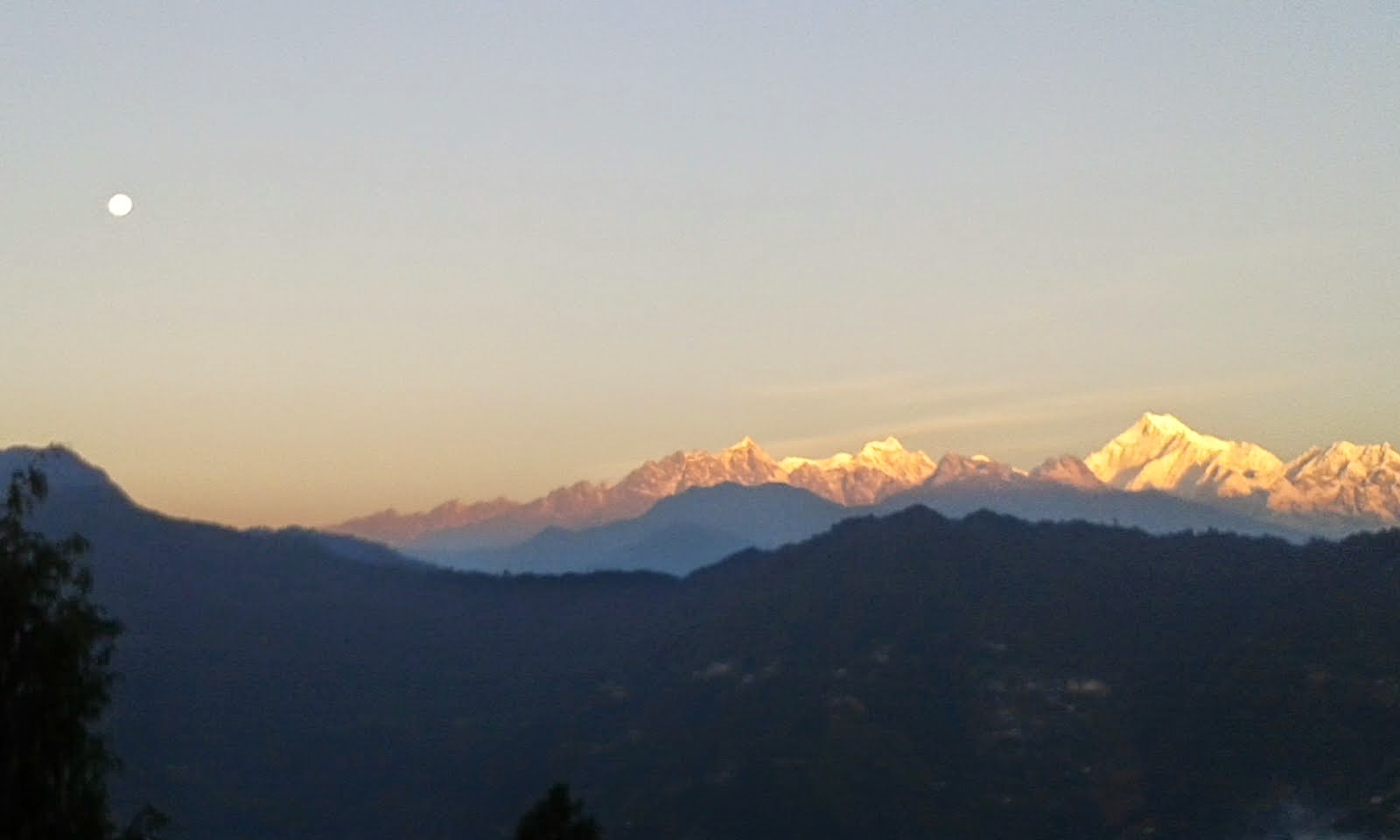
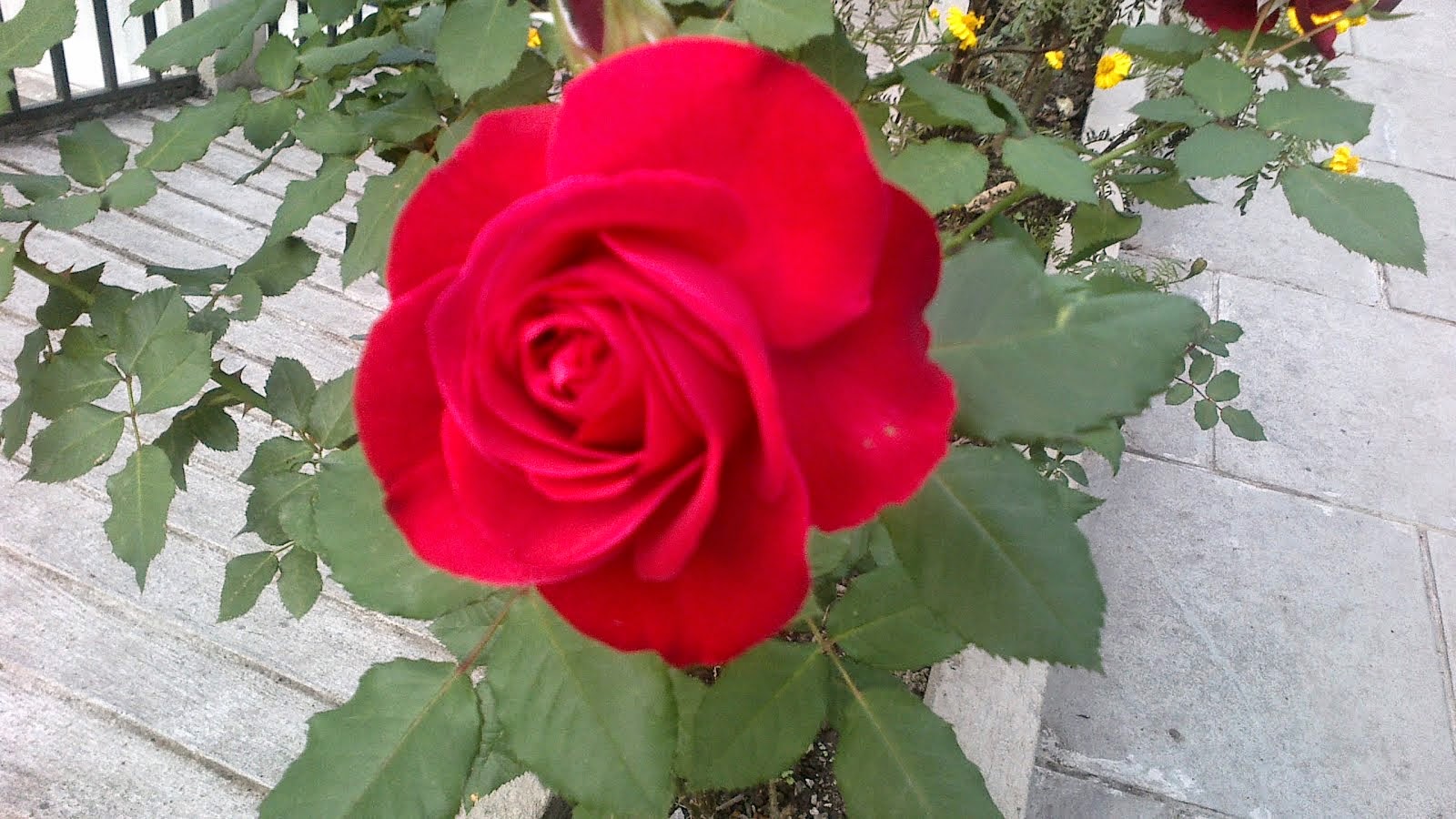


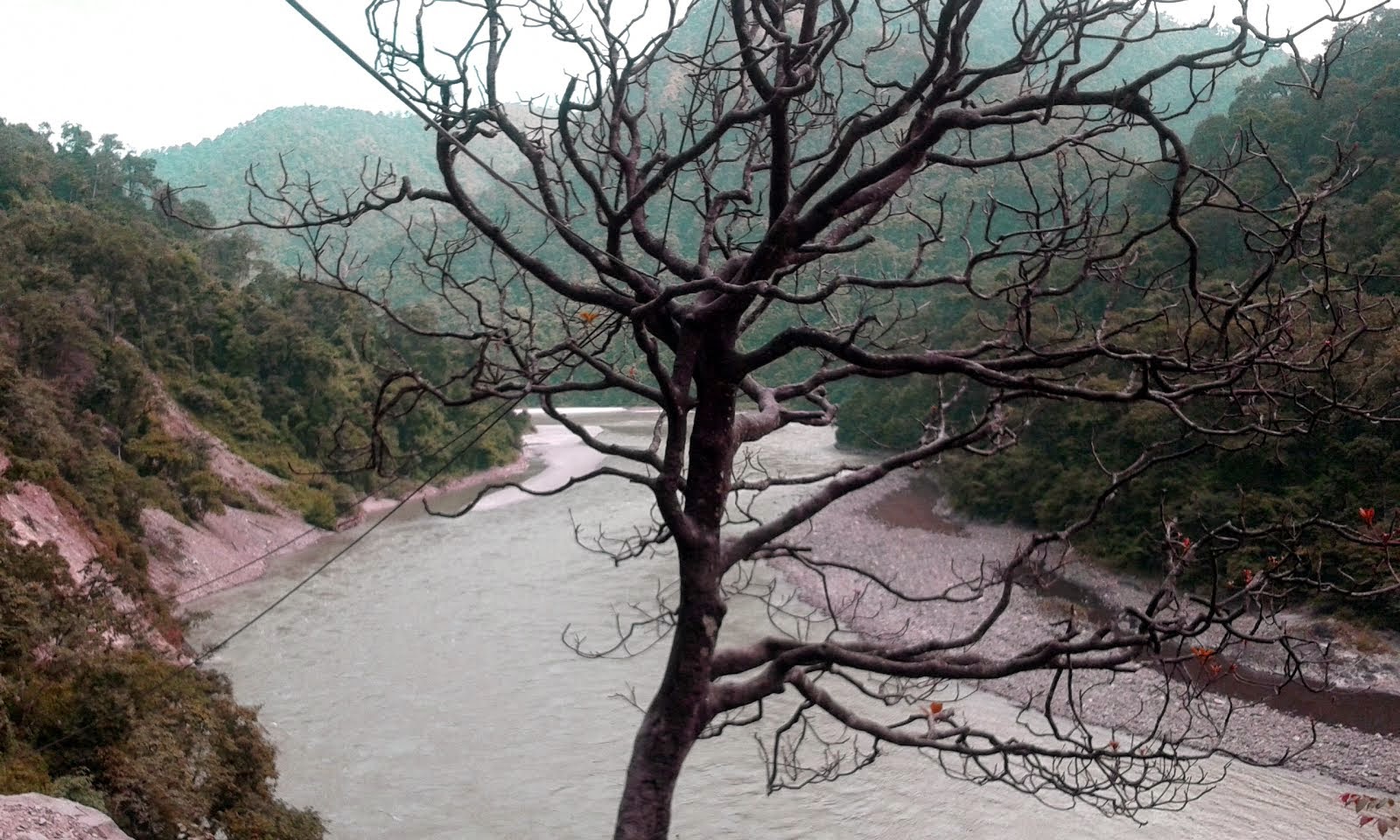

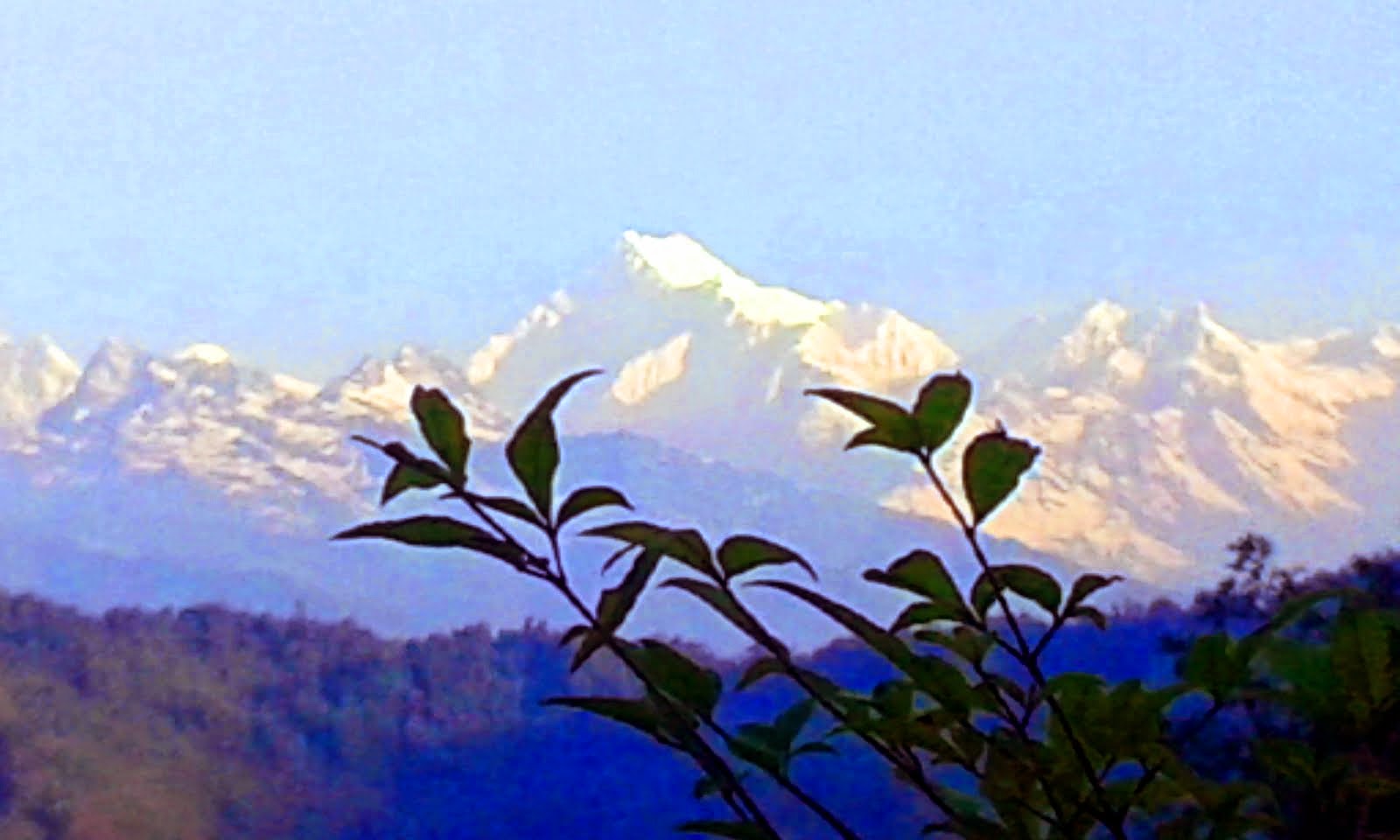
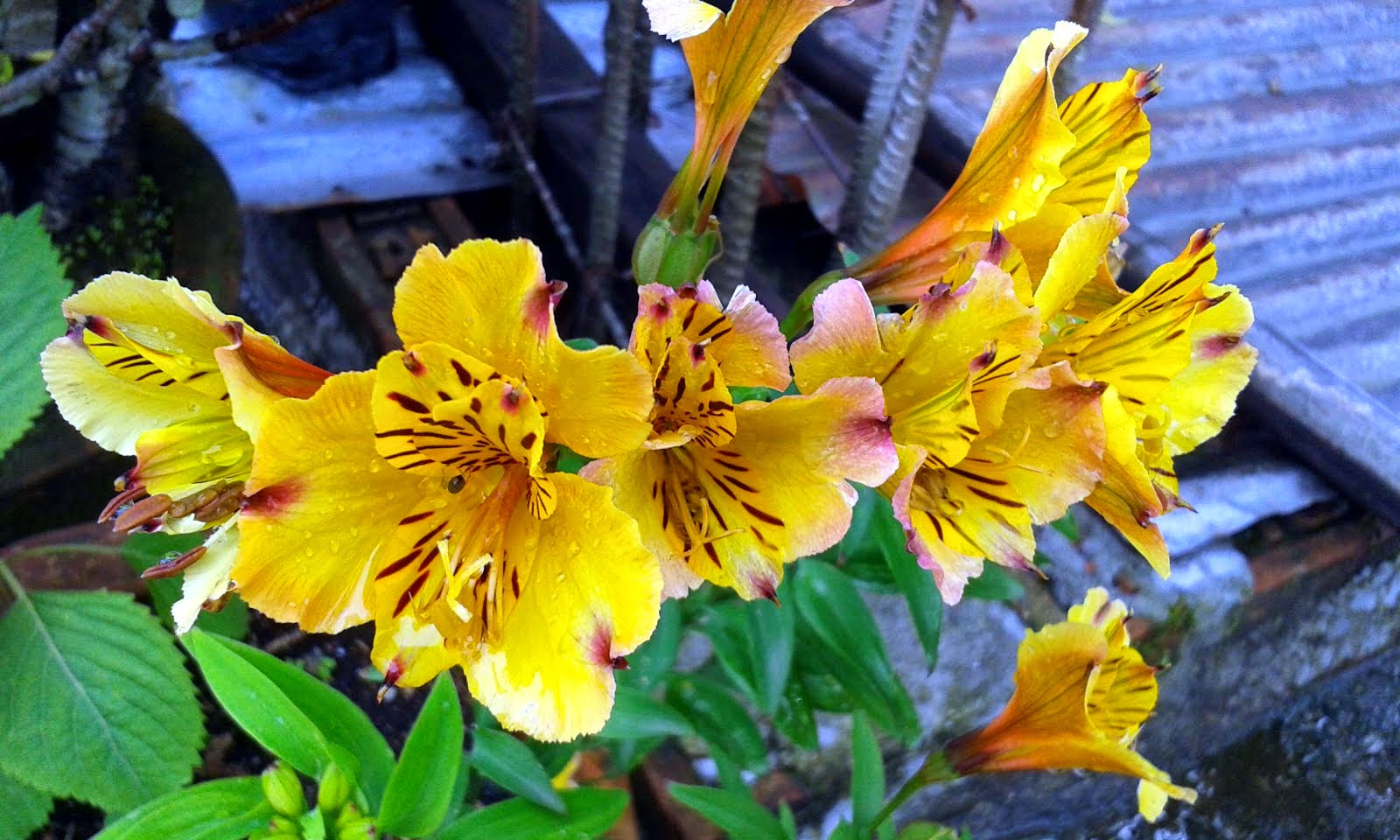
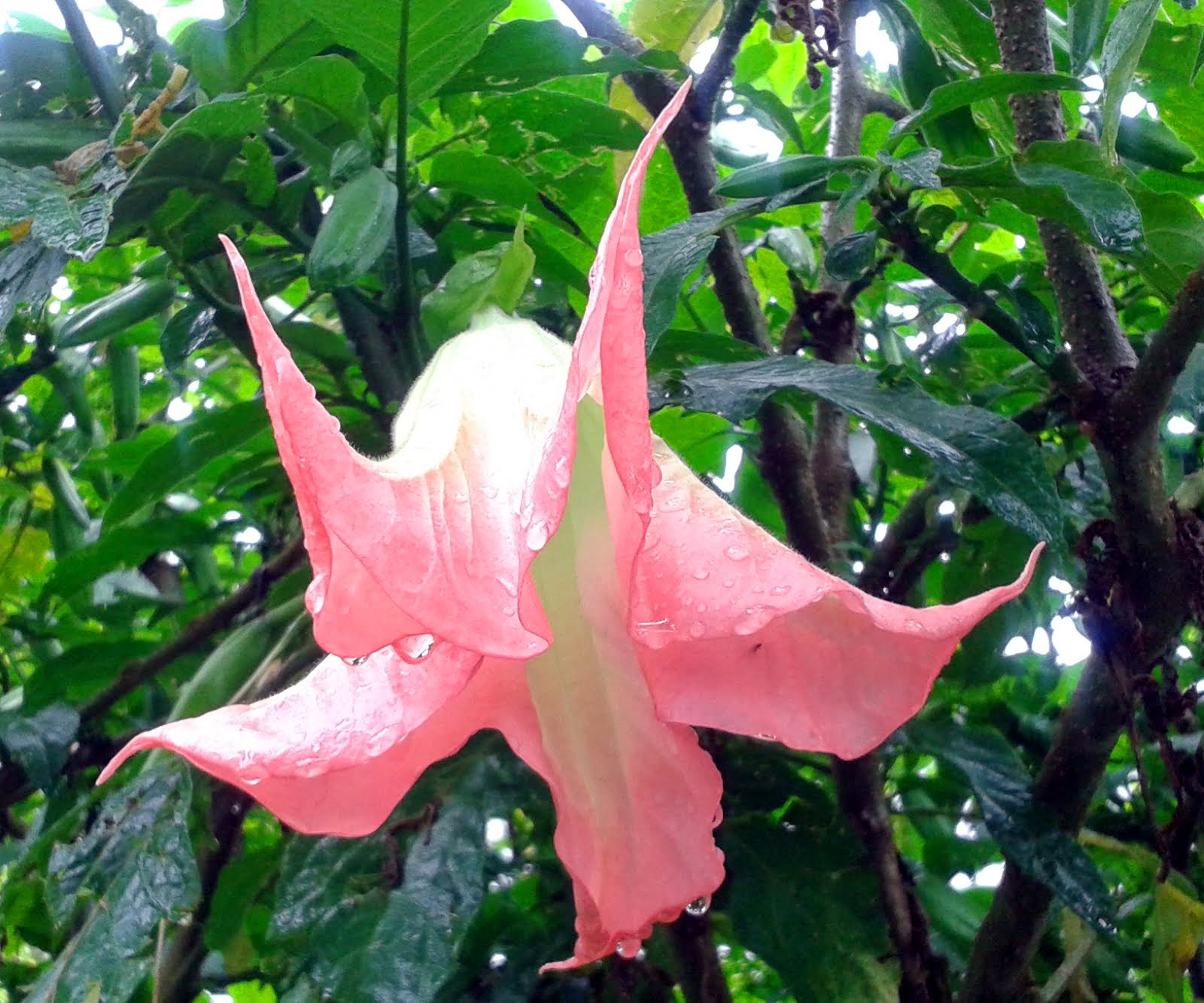
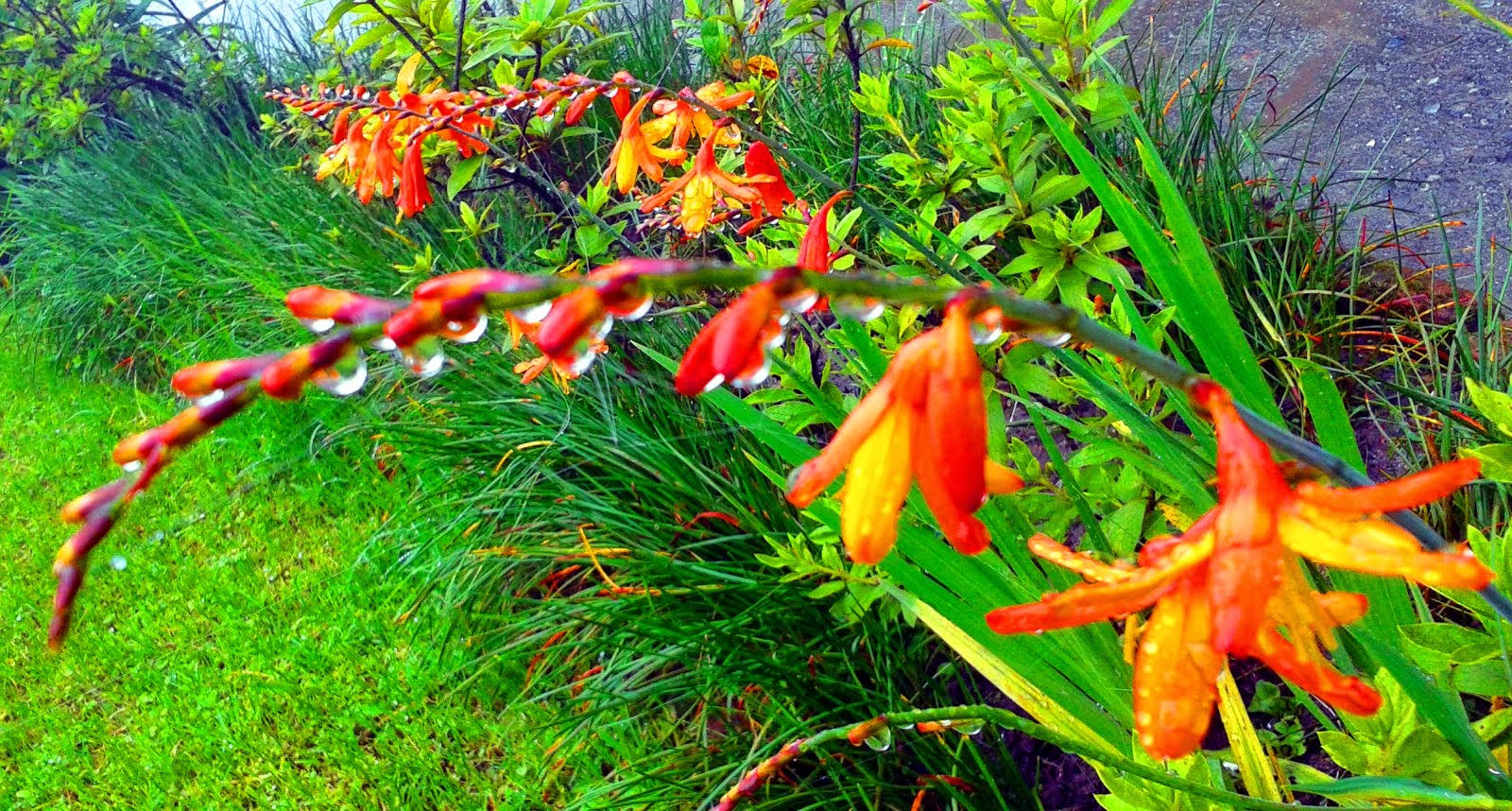



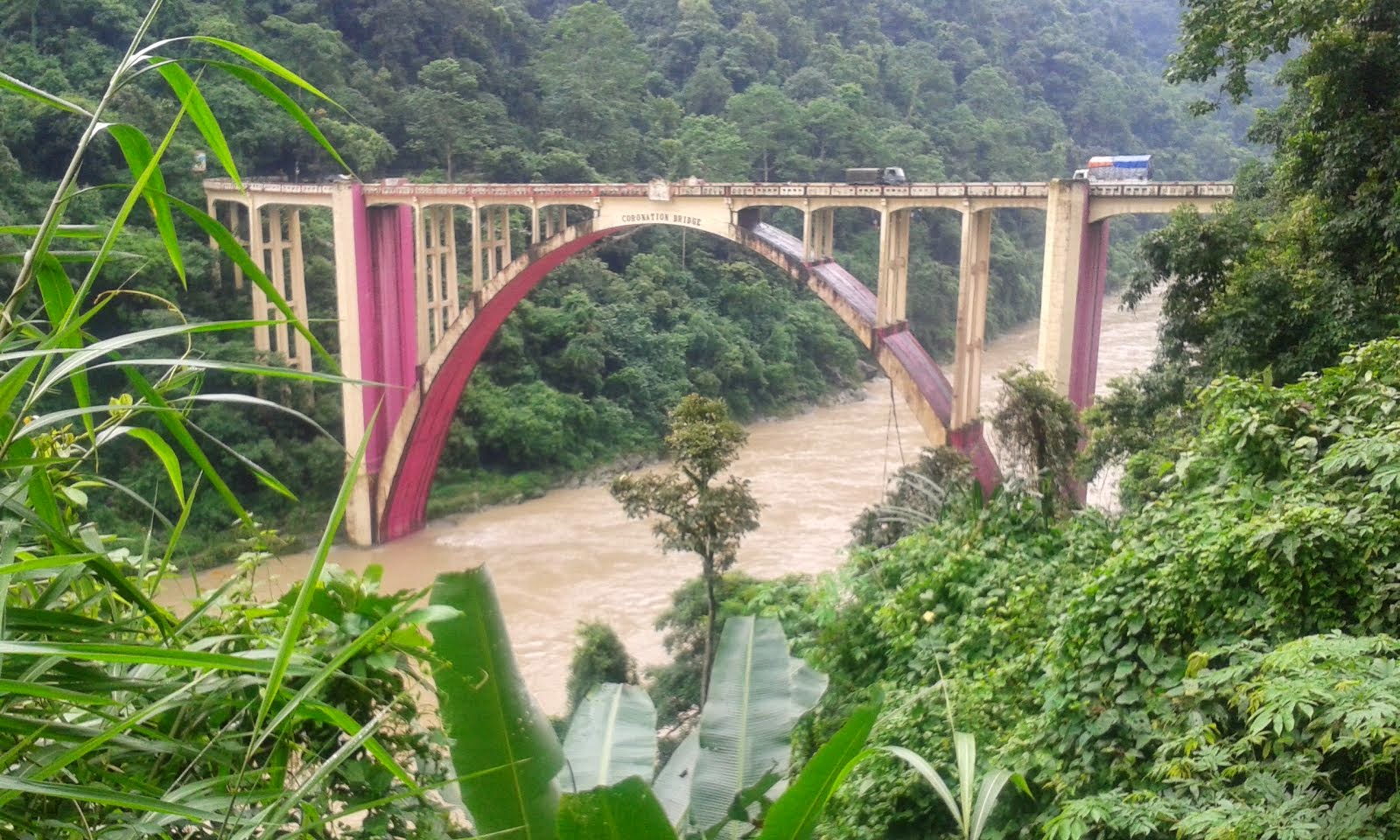
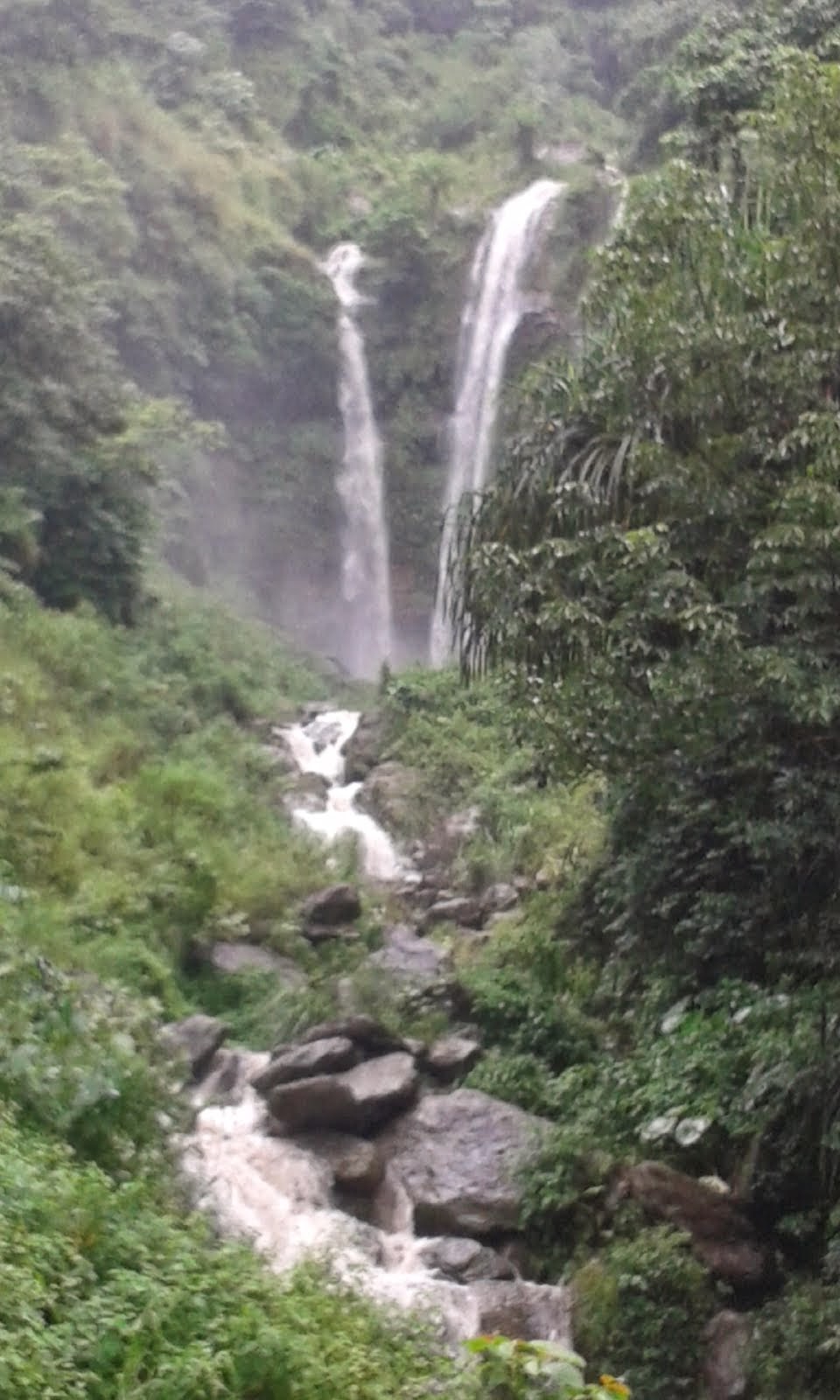
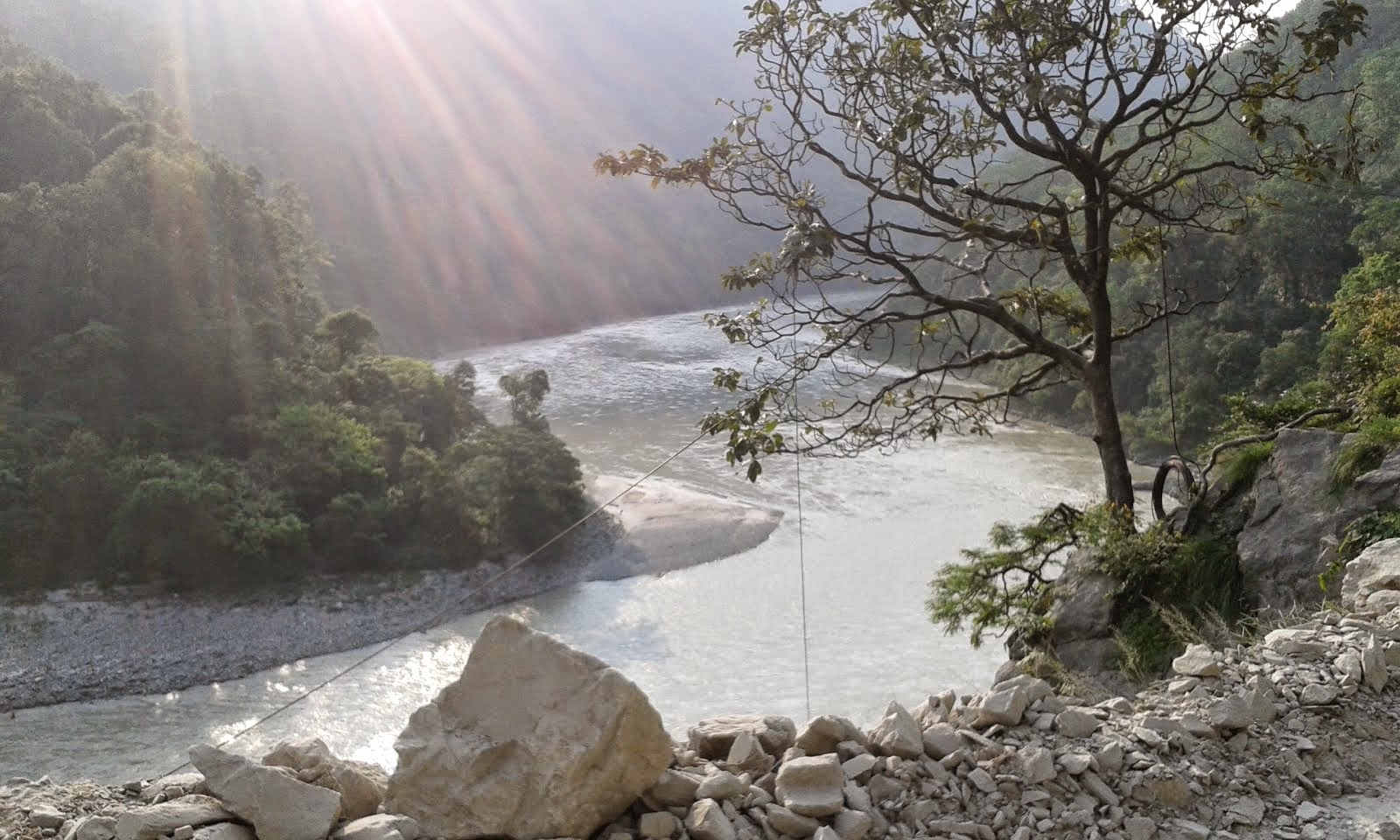
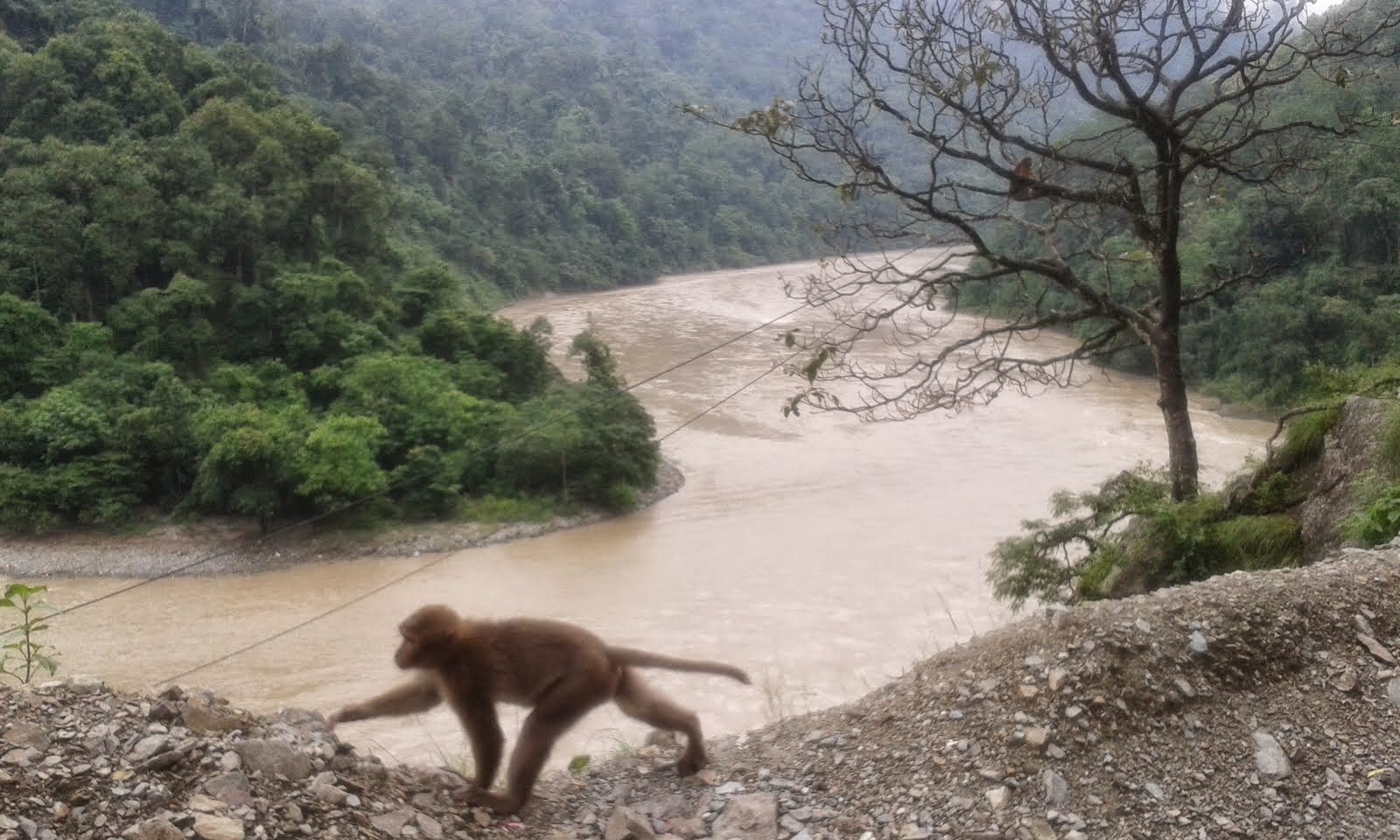


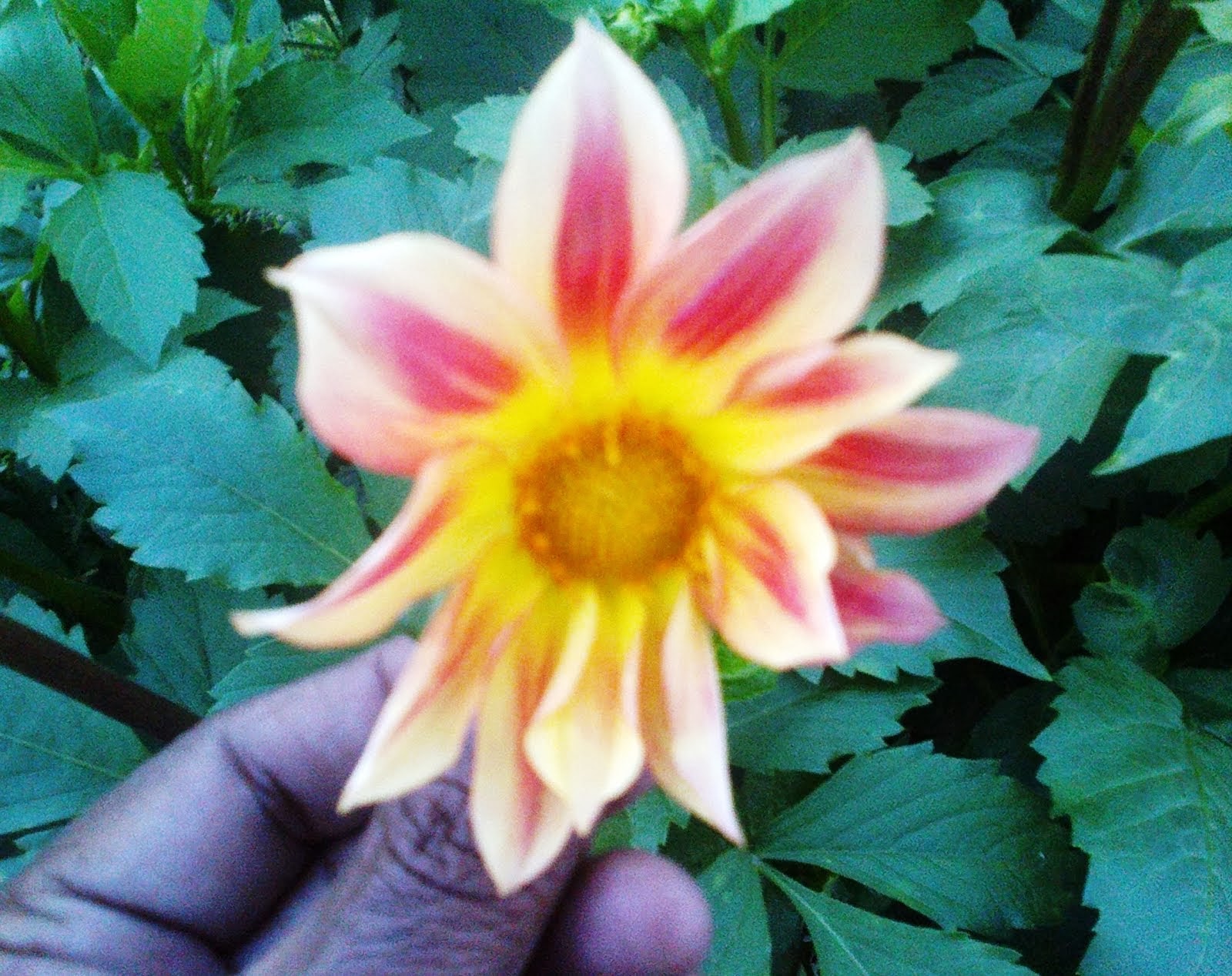
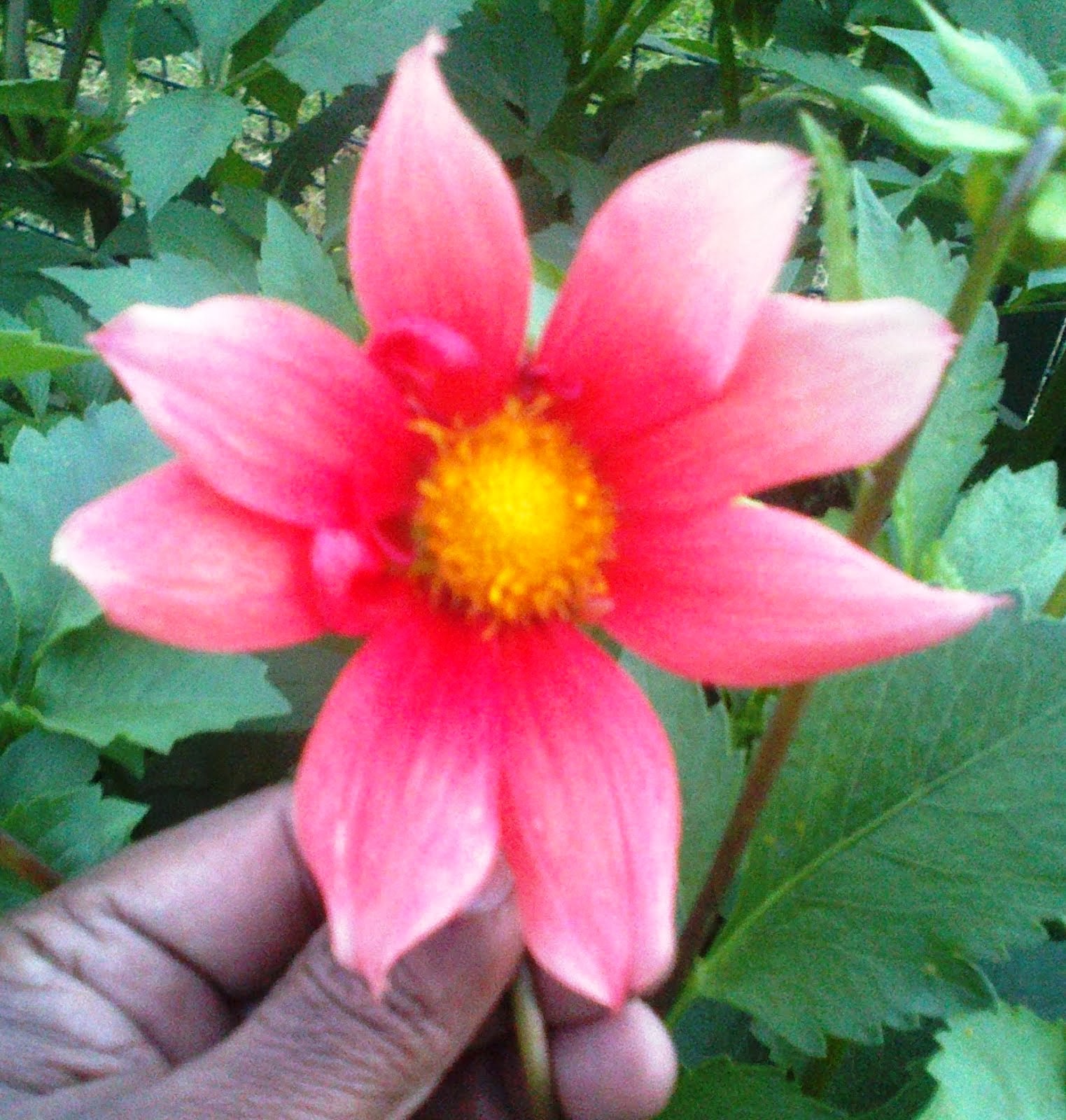

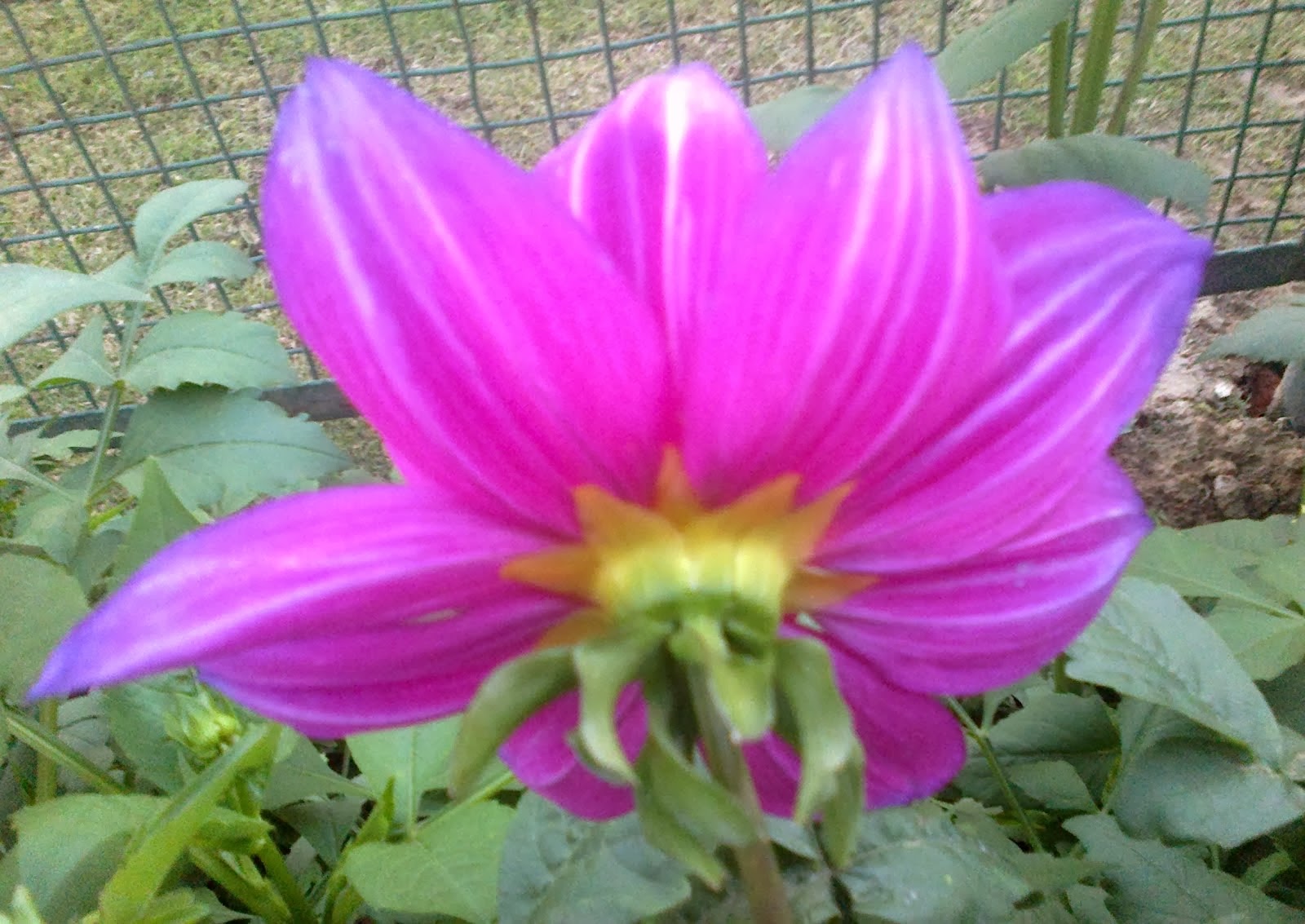

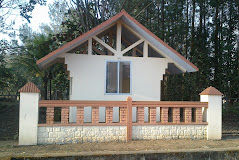















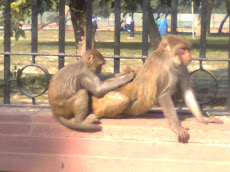
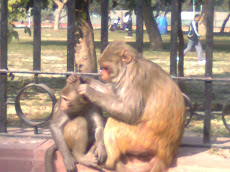

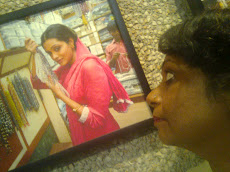
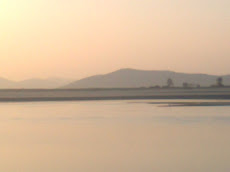
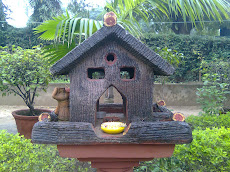

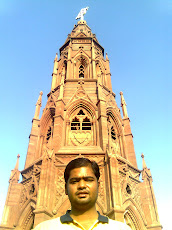
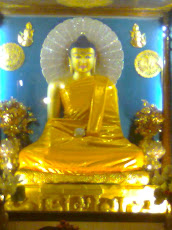
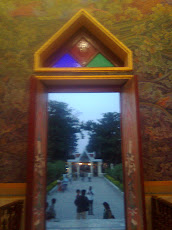
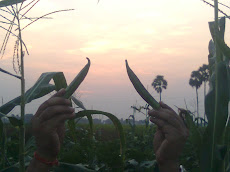
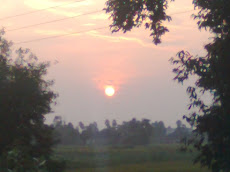
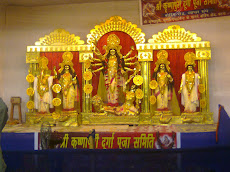






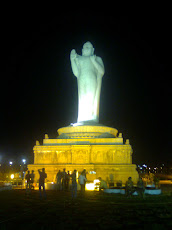
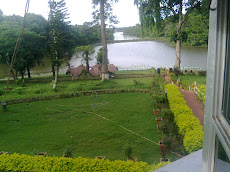
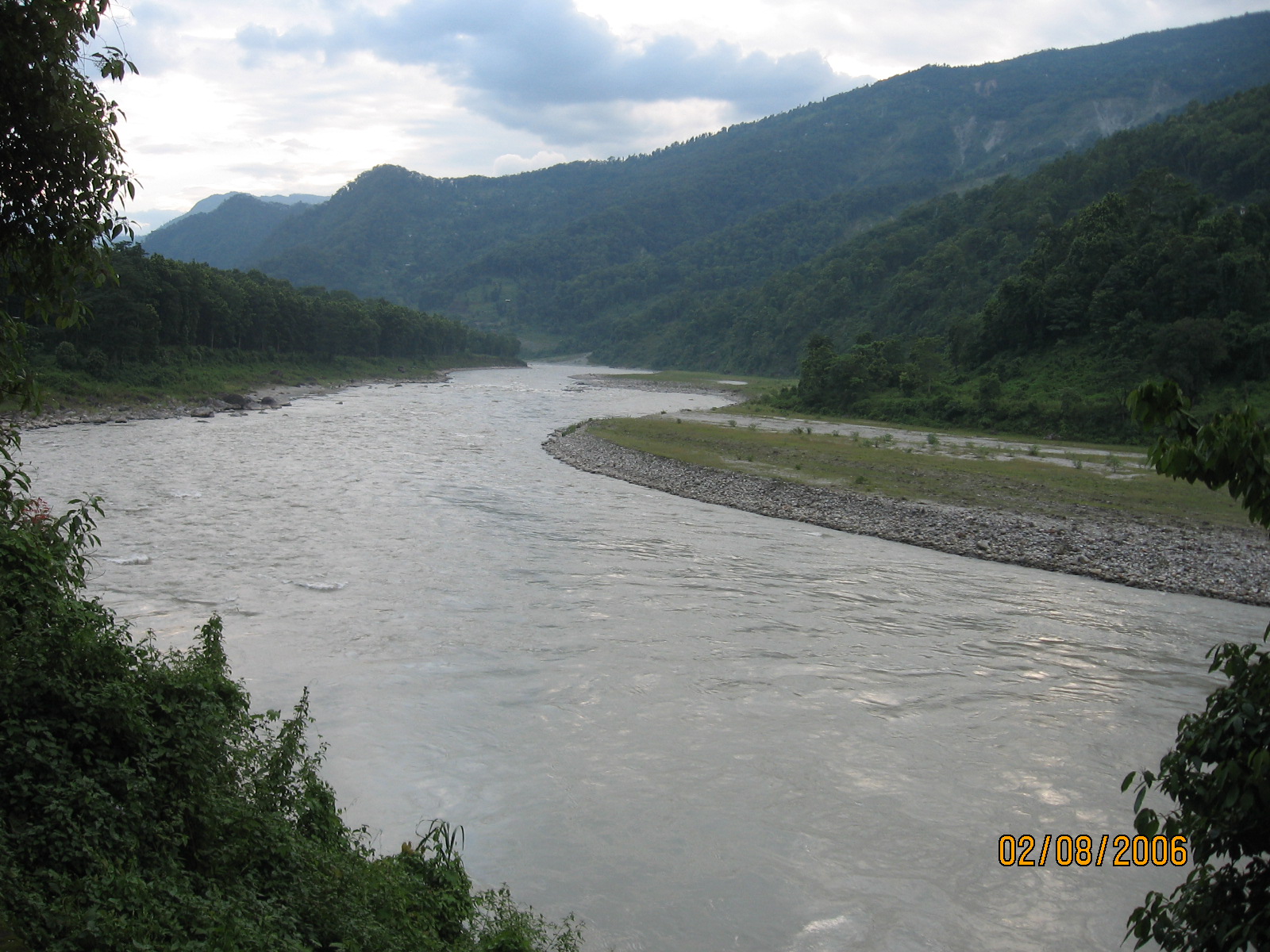


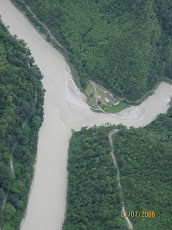

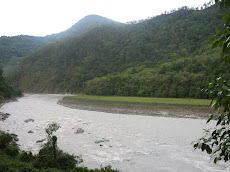


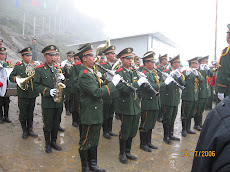


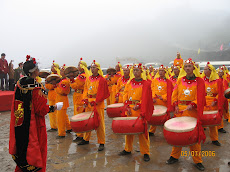
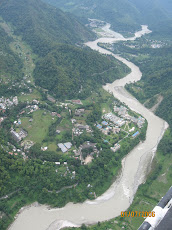
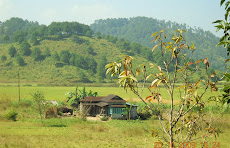
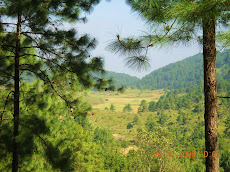
.jpg)


